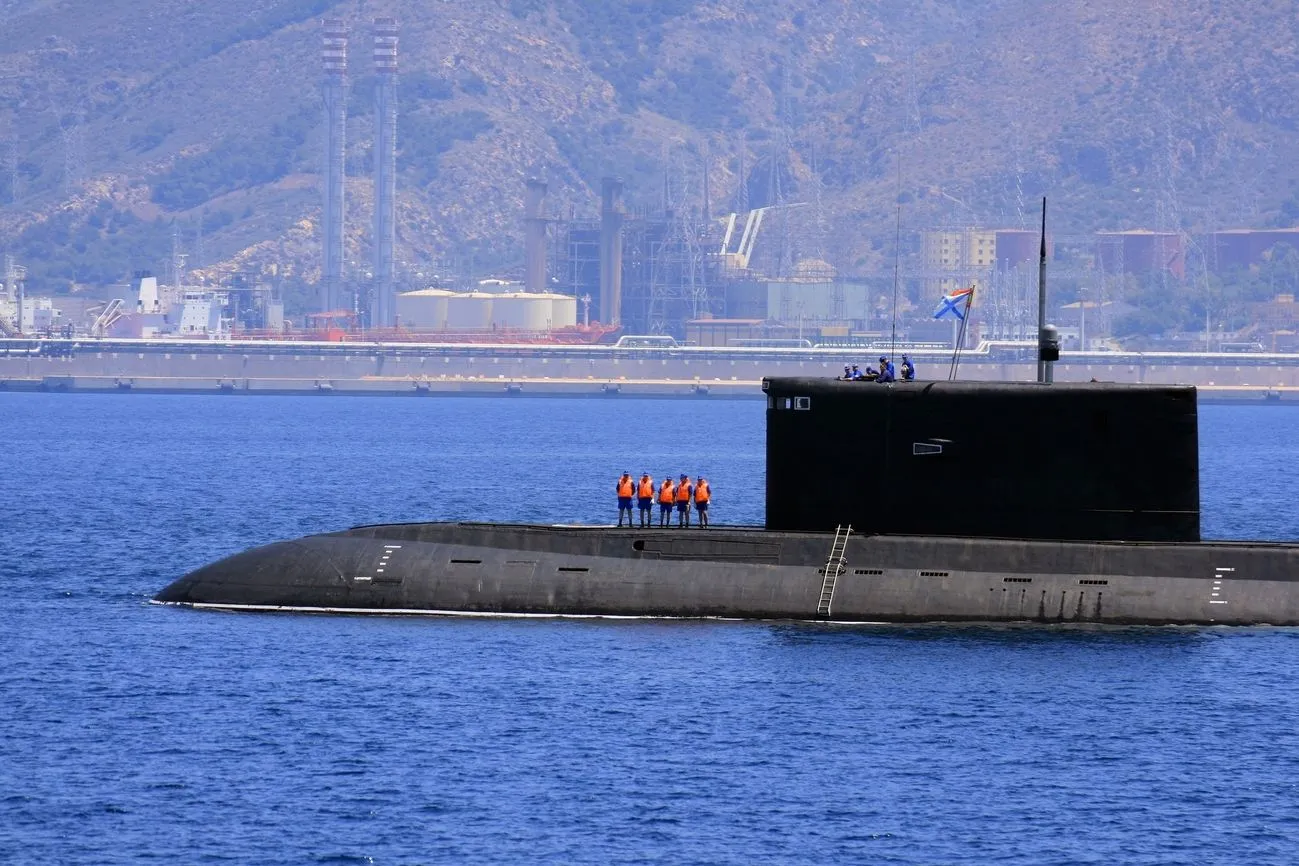Life on a submarine: facts that will really surprise you
03 Aug 2023Did you know that submarines are built so that they are difficult to find? After all, very often their mission consists precisely in secret surveillance. And it is difficult to track a submarine at the bottom of the sea, since there it does not make any noise. Interested? Then you will be amazed to learn these 50 facts about life on a submarine.
Ceremony of Crossing the Line
The strange customs and superstitions practiced by sailors are well known. The "Line-Crossing Ceremony" is one of them. Contrary to popular belief, breaking the law doesn't necessarily result in punishment.
Actually, it refers to reaching the equator. Initiating the wogs (short for pollywogs), those that haven't yet crossed the equator, are all the "shellbacks," or those who have already done so.
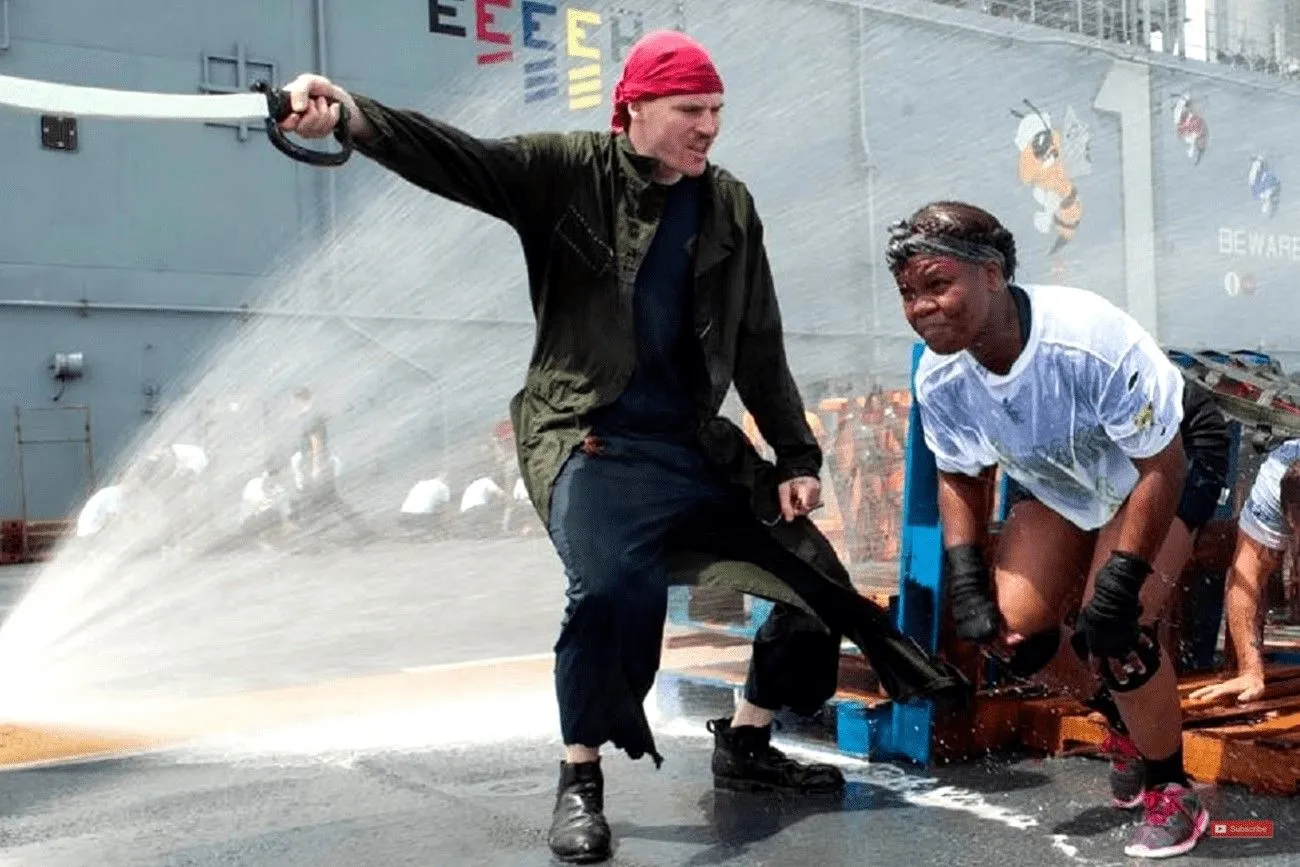 @Crossing the Line Ceremony: An Ancient Maritime Tradition When Sailing Across The Equator/Halcyon Yachts - International Yacht Delivery/YouTube.com
@Crossing the Line Ceremony: An Ancient Maritime Tradition When Sailing Across The Equator/Halcyon Yachts - International Yacht Delivery/YouTube.com
For weeks or months, submerged
Given that submarines remain submerged or at the ocean's bottom, it is extremely uncommon for them to experience day and night. In light of the fact that functioning submarines can remain below for weeks or even months at a time, it is very simple to lose track of time while within one.
But no fear, if you ever find yourself in a submarine, you will have access to a clock! The idea is that it will probably be quite difficult for you to determine the time without consulting a clock.

Time to spare in the mess
Since room is at a premium on submarines, as we've already mentioned, the crew's allotted leisure time activities are constrained. Most of the time, crew members like to congregate at the mess hall.
Usually, a DVD collection and a couple large televisions can be found in this common space. The passengers can enjoy some form of entertainment in this way while they are underground.
 @Life Inside $4 Billion US Submarine Kitchen in Deep Underwater/Fluctus/YouTube.com
@Life Inside $4 Billion US Submarine Kitchen in Deep Underwater/Fluctus/YouTube.com
Dim the lights to a minimum
There are a few things to take care of before your voyage aboard a submarine starts. As we previously indicated, they start by looking for leaks, then they finish the jobs that have been given to them, and last they turn out all the lights. No, this isn't some type of ceremony; rather, it's an opportunity to get some rest before the real pandemonium and work starts.
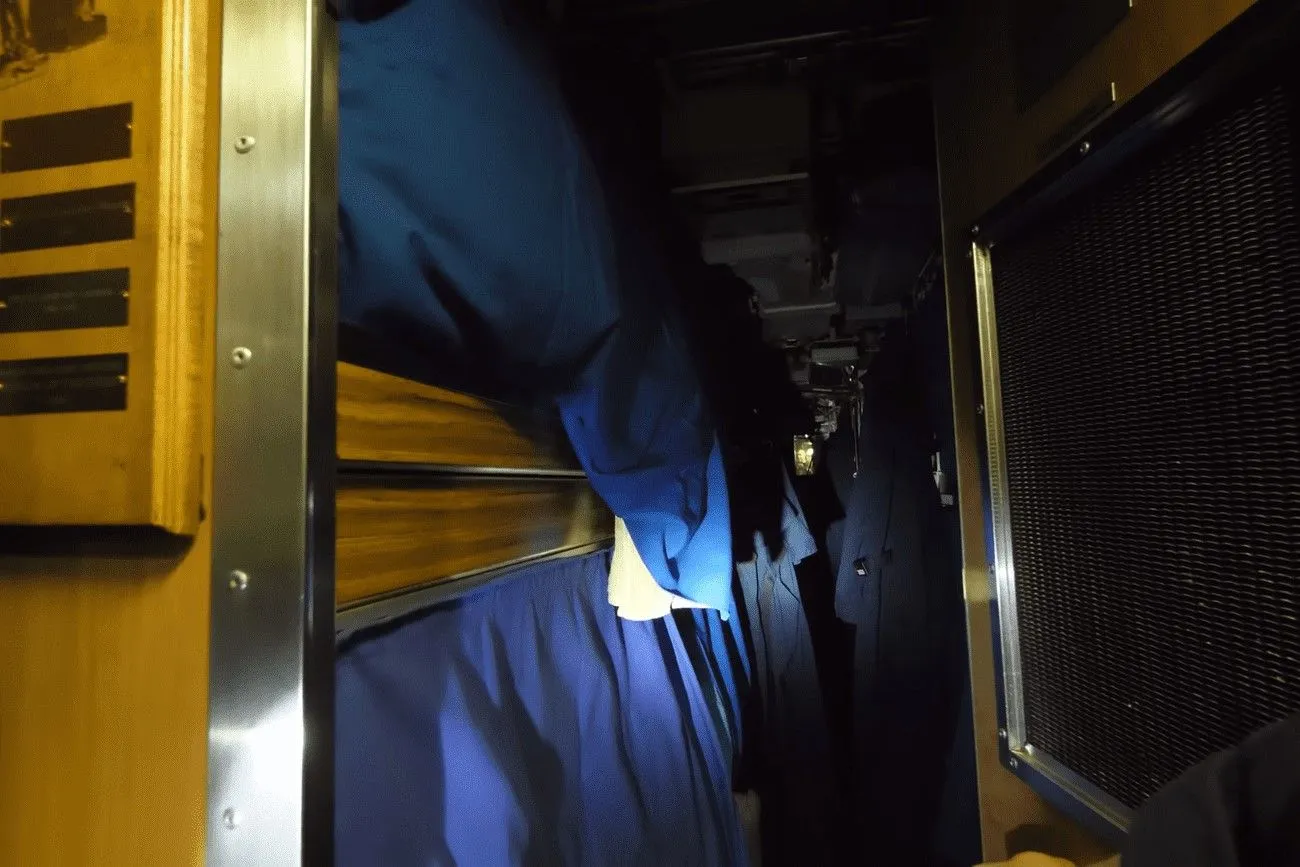 @Boarding a US NAVY NUCLEAR SUBMARINE in the Arctic - Smarter Every Day 240/SmarterEveryDay/YouTube.com
@Boarding a US NAVY NUCLEAR SUBMARINE in the Arctic - Smarter Every Day 240/SmarterEveryDay/YouTube.com
A Necessary Switch
Prior to 2014, sailors in the submarine force worked 18-hour shifts that included six hours on watch duty and twelve hours off for rest and other activities. However, it was decided to alter those watches to eight hours with 16 hours off thanks to a few junior officers.
The cops claimed that this switch had a favorable impact right away. People's performances have improved, but this switch has also raised spirits on the boat.
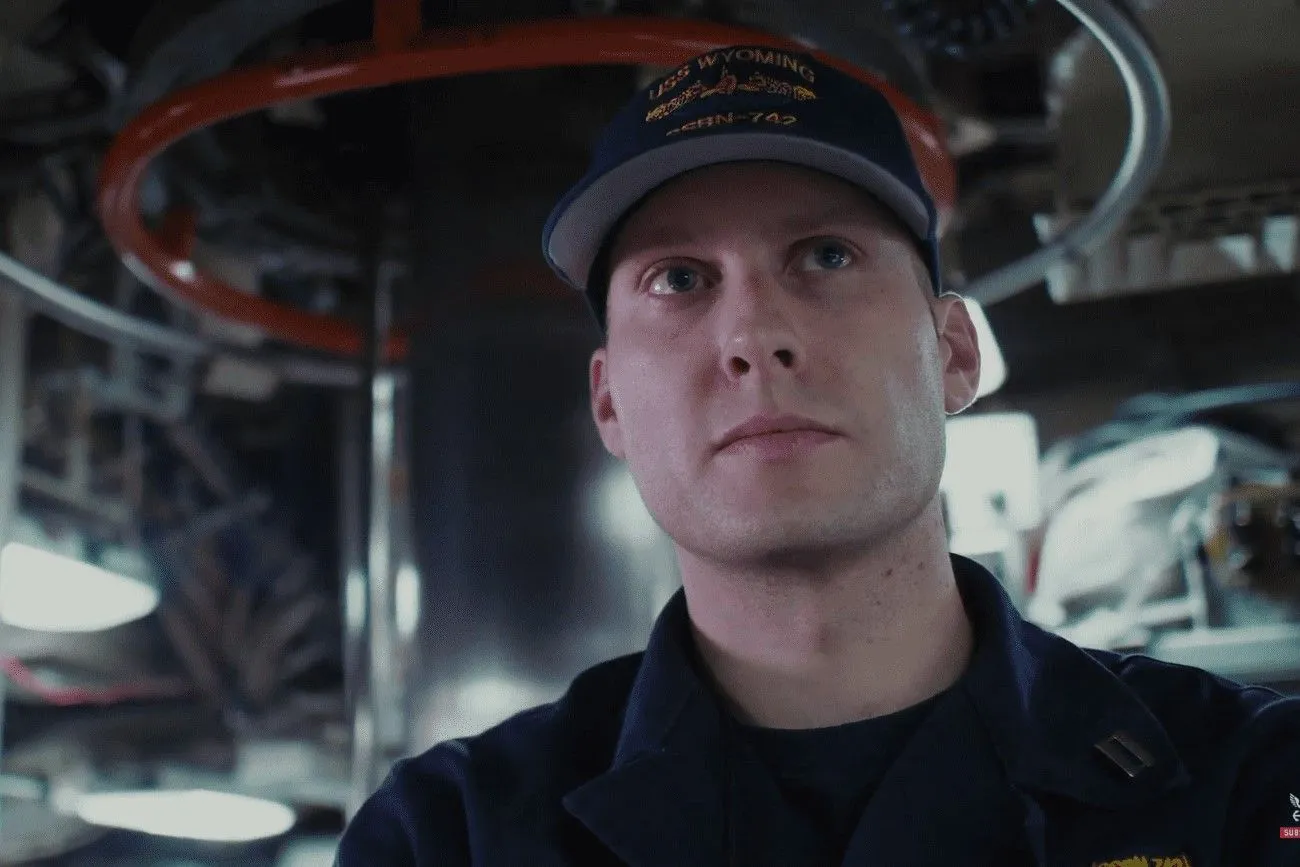 @Navy Submarine Officer/America's Navy/YouTube.com
@Navy Submarine Officer/America's Navy/YouTube.com
Small restrooms
Get this if you're currently griping about how small the bathroom is in your new apartment. Space in submarines is severely constrained because they contain enormous machinery and equipment.
As you can see from this picture, the toilets on submarines are rather small, which might make anyone feel crowded while using the restroom. Imagine that now with a large crew added, and the result is complete mayhem. It doesn't sound like a stroll in the park to share a restroom for a couple of months with a large group of people.
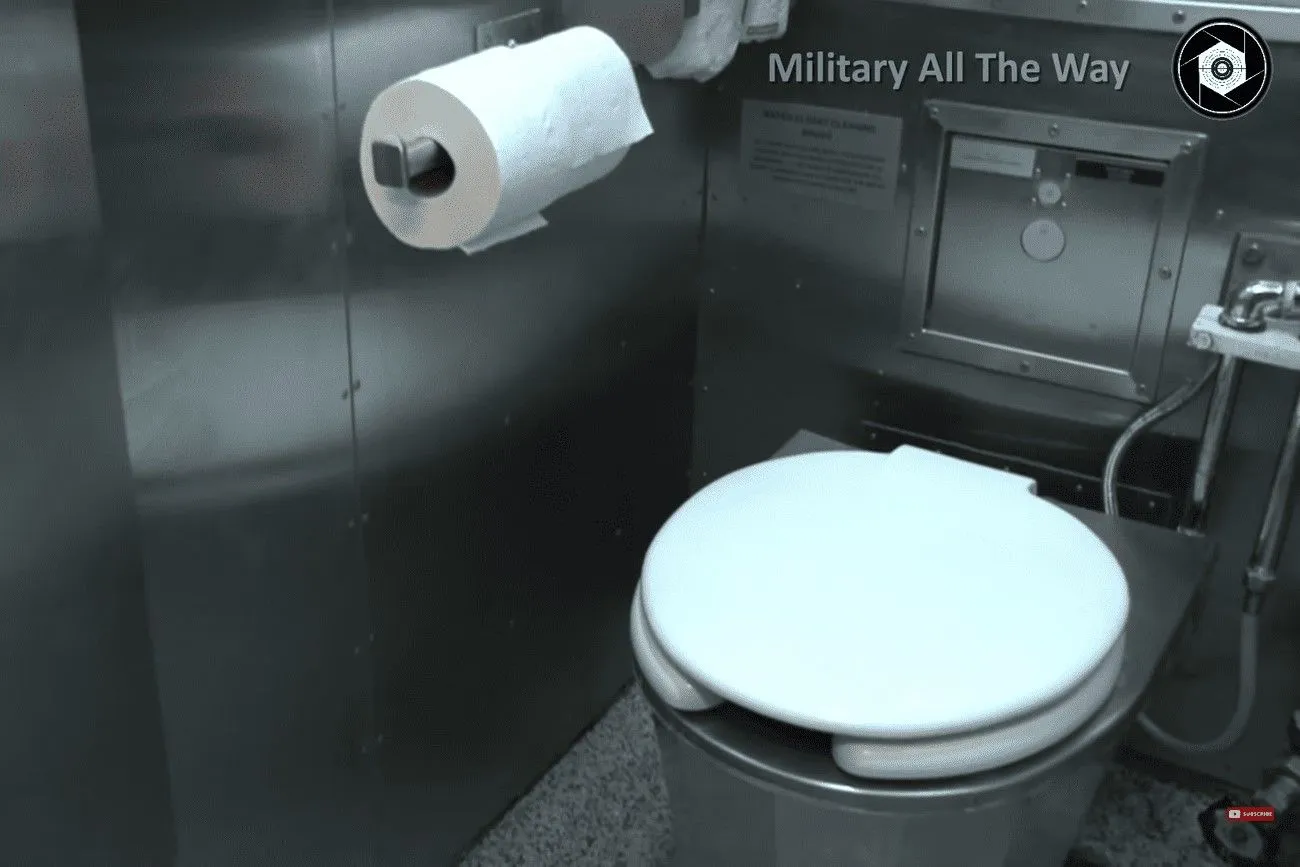 @Inside Nuclear Submarine's Kitchen and Sleeping Rooms. Living and Working in a $4B Submarine/Military all the way/YouTube.com
@Inside Nuclear Submarine's Kitchen and Sleeping Rooms. Living and Working in a $4B Submarine/Military all the way/YouTube.com
Preparing for a life in the ocean
Even though becoming a submariner is your ambition, it won't happen immediately. Being a part of a submarine crew requires extensive training, which is a demanding process.
For the first several months, you spend 10 hours a day studying nonstop before marching back and forth, a former Navy crew member said. To put it simply, they “cram four to six years of college-level information into a six-month period.”
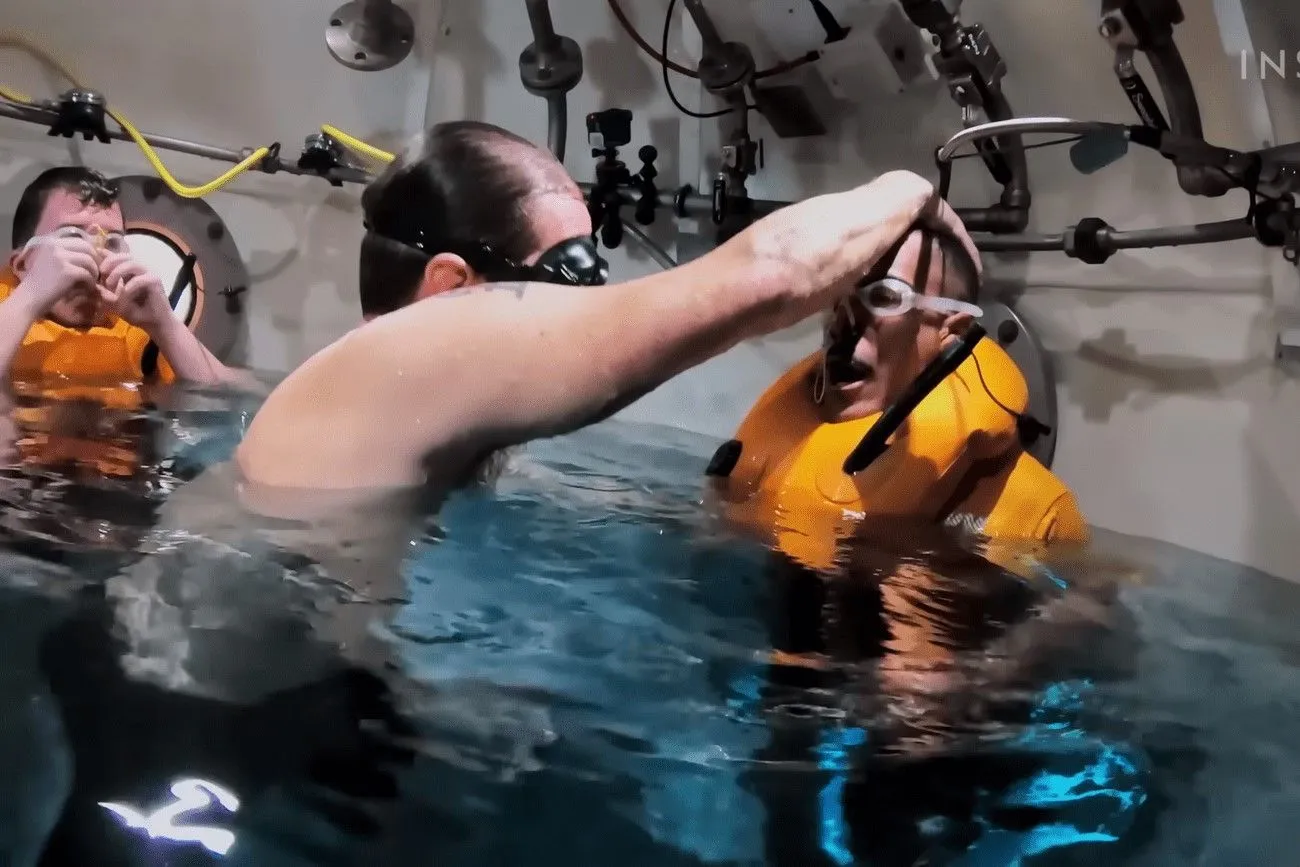 @How Navy Sailors Train To Work On $2 Billion Submarines | Boot Camp | Insider Business/Insider Business/YouTube.com
@How Navy Sailors Train To Work On $2 Billion Submarines | Boot Camp | Insider Business/Insider Business/YouTube.com
No Contact With the Outside World
You should be ready and aware that speaking with your loved ones won't be as easy after you board a submarine. No mailman will dive to the bottom of the ocean to get your mail and bring it to your loved ones, and vice versa (of course). You can only send or receive letters when the submarine comes to the surface.
Even so, the crew does not want the signal the submarine sends out revealing its whereabouts. As a result, just be aware that staying in touch with the outside world while on a submarine won't always be easy.
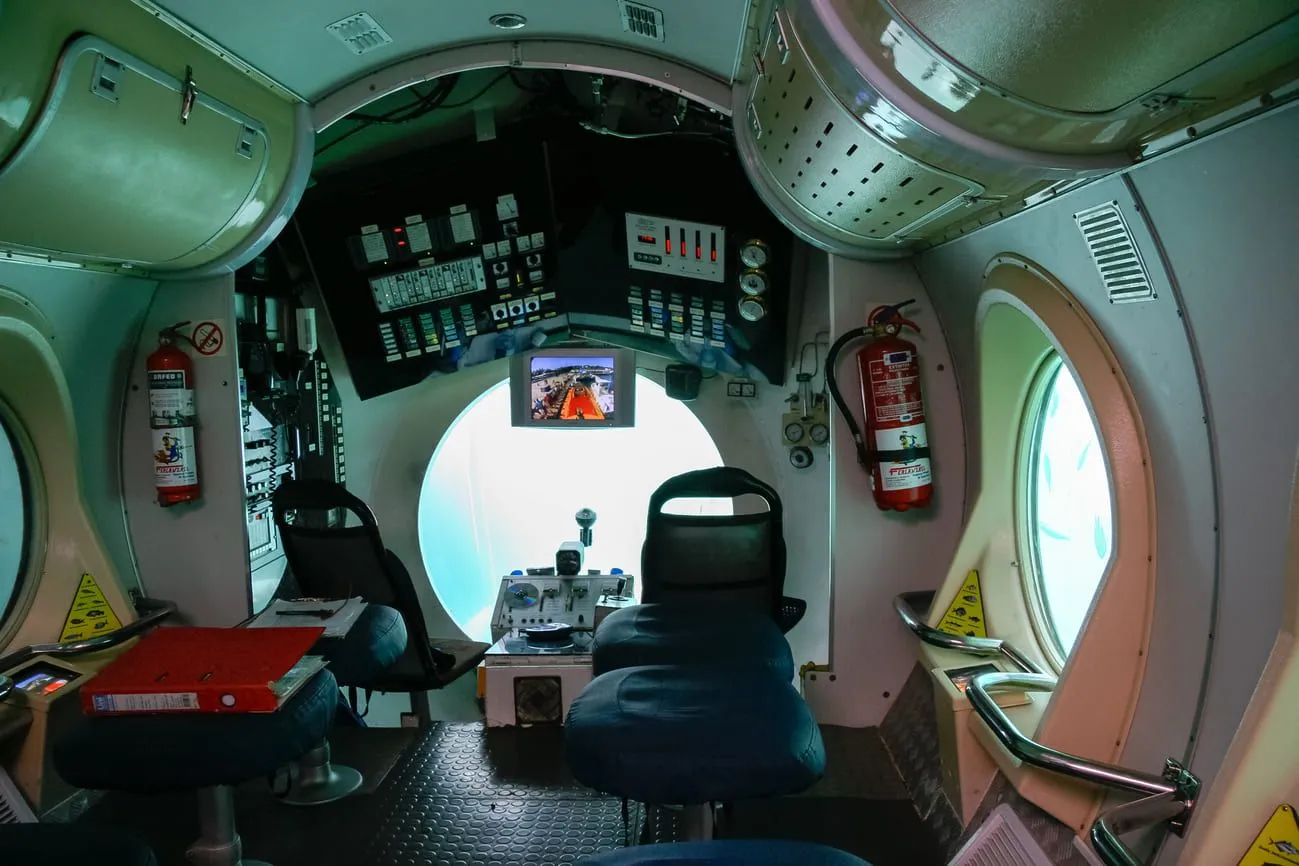
Options for Relaxed Grooming
The strongest military branches often consist of well-groomed personnel with buzz cuts and little to no facial hair, while those who live on submarines follow a different set of standards. Given that these men are imprisoned in a metal tube for months on end, the rules are a little more lenient than usual.
In light of this, it makes sense why they wouldn't want to shave every day!
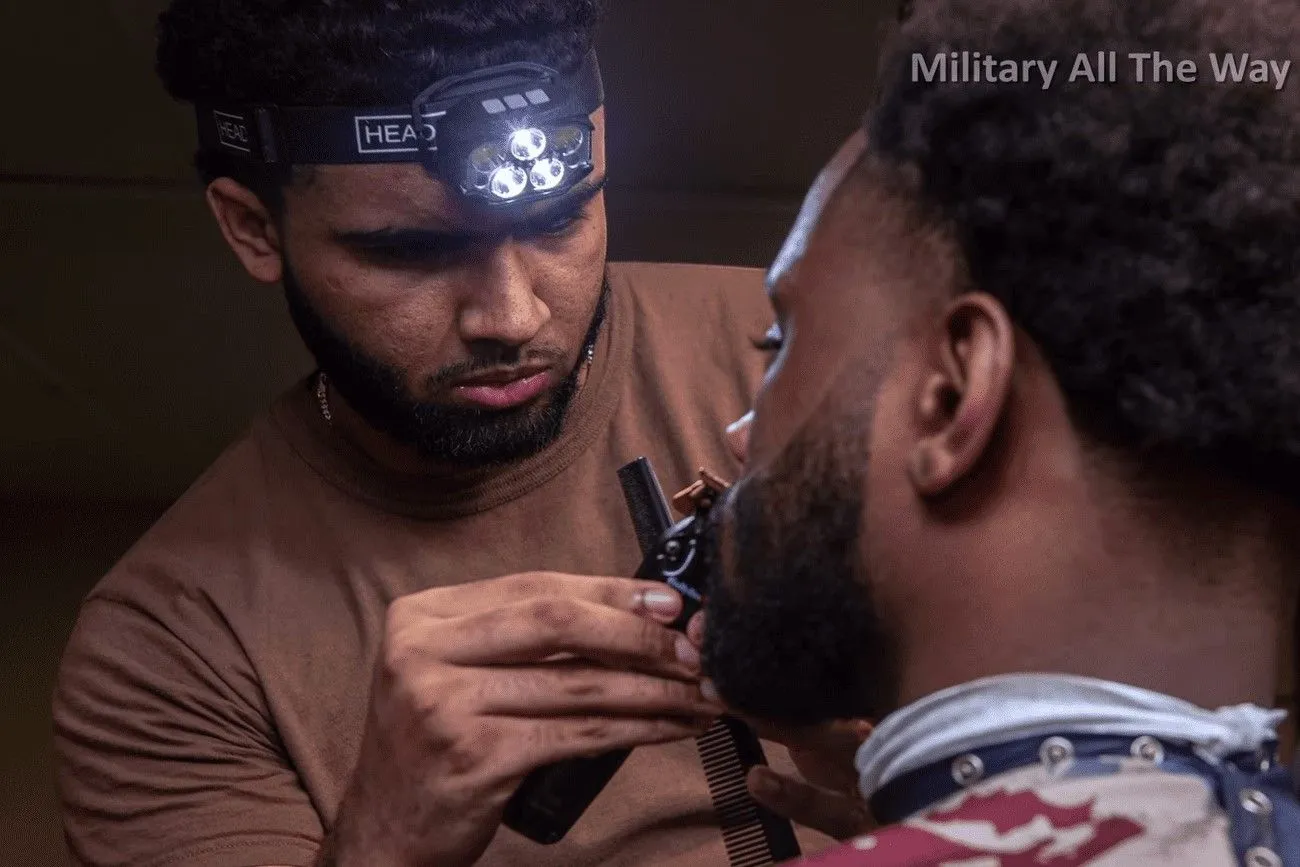 @Inside Nuclear Submarine's Kitchen and Sleeping Rooms. Living and Working in a $4B Submarine/Military all the way/YouTube.com
@Inside Nuclear Submarine's Kitchen and Sleeping Rooms. Living and Working in a $4B Submarine/Military all the way/YouTube.com
Looking for Leaks
Are you familiar with the actions taken by the crew once the boat or submarine has completely gone under the water? Of course, they look for leaks! Why? Their lives would be in grave danger if the boat did suffer any leaks.
Even if they are dealing with a significant leak or hole, they must swiftly patch it up or hide it. Their very lives are at stake…
 @How Navy Sailors Train To Work On $2 Billion Submarines | Boot Camp | Insider Business/Insider Business/YouTube.com
@How Navy Sailors Train To Work On $2 Billion Submarines | Boot Camp | Insider Business/Insider Business/YouTube.com
A crowded hallway
This information has been provided to you numerous times in order for you to fully grasp how little space submarines have. Here's another illustration of that, though! The majority of the spaces inside these boats are extremely confined due to their smaller space capacities. The hallways are also affected by this.
The hallways are actually so small that only one person can pass through them at once. In other words, two people cannot even pass one another in a hallway.
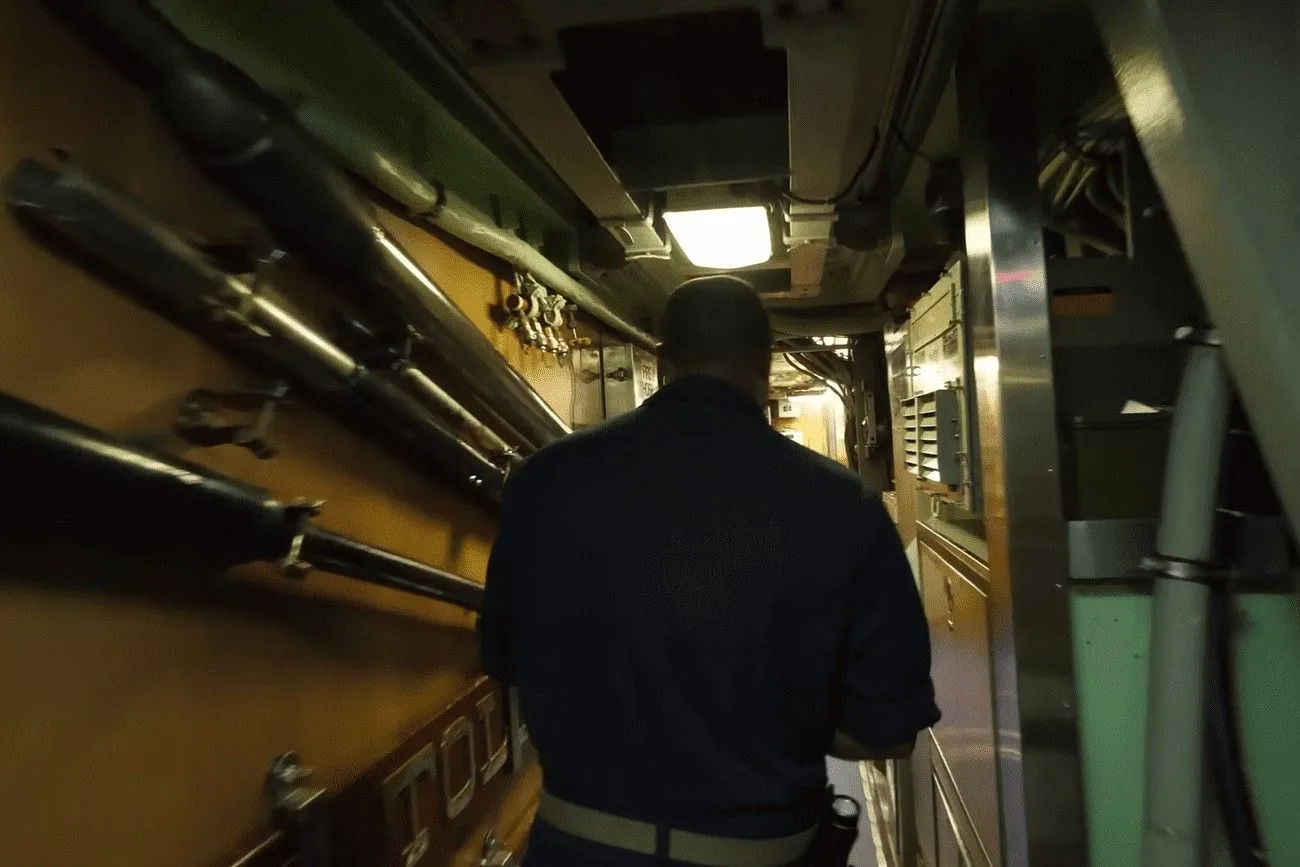 @Boarding a US NAVY NUCLEAR SUBMARINE in the Arctic - Smarter Every Day 240/SmarterEveryDay/YouTube.com
@Boarding a US NAVY NUCLEAR SUBMARINE in the Arctic - Smarter Every Day 240/SmarterEveryDay/YouTube.com
Miniature Showers
Do you recall when we talked about the size of the bathrooms on submarines? This time, however, we're talking about the entire shower scenario. We are all aware by now that various pieces of machinery and equipment take up the majority of the area.
They must therefore think outside the box to fit a shower in. As a result, showers on board submarines are frequently — you guessed it — quite small.
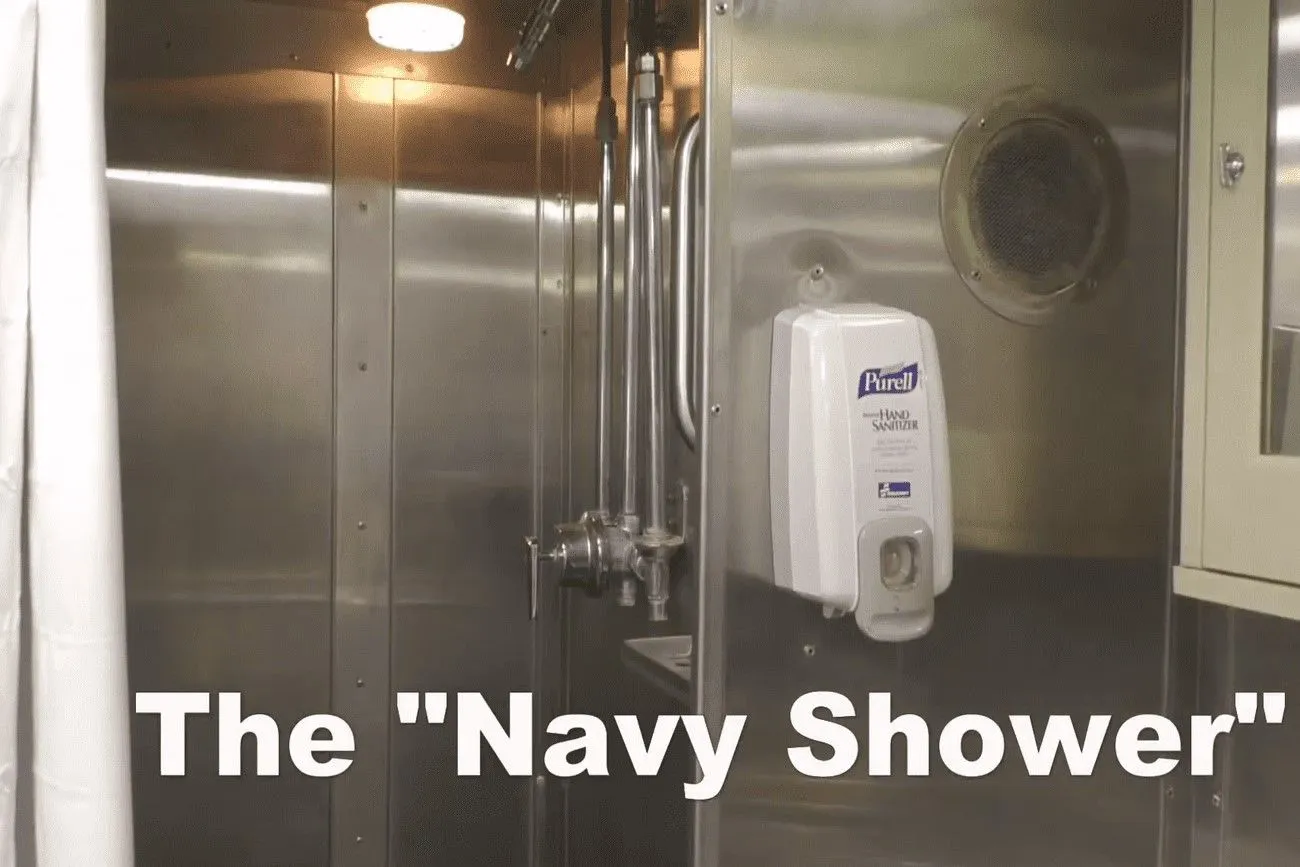 @Fleet Week 2019 NYC at Kings Point - The "Navy Shower" Explained/TCBRadioWCWP/YouTube.com
@Fleet Week 2019 NYC at Kings Point - The "Navy Shower" Explained/TCBRadioWCWP/YouTube.com
Enlarged kitchens
All of the food is cooked in the galley, also known as the kitchen, on board a submarine. You might be surprised to realize that these galleys are pretty huge given how frequently we've discussed how room is really limited on submarines. Do not get overly enthusiastic; although these kitchens are small compared to other spaces on board, they offer a breath of fresh air.
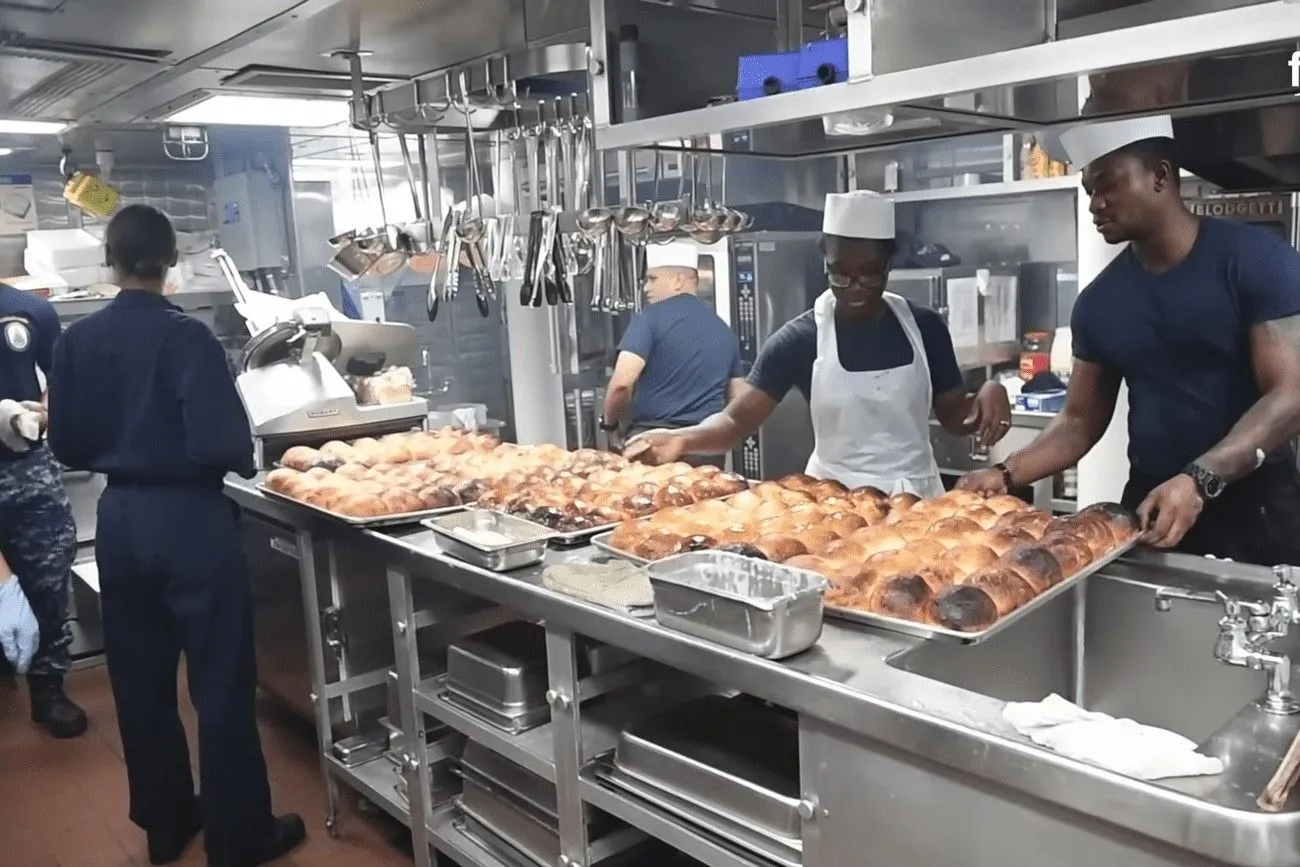 @Life Inside $4 Billion US Submarine Kitchen in Deep Underwater/Fluctus/YouTube.com
@Life Inside $4 Billion US Submarine Kitchen in Deep Underwater/Fluctus/YouTube.com
Years Submerged
One of the many benefits of utilizing a nuclear-powered submarine is that it may operate for many years without refueling. For instance, the Royal Navy's Astute class nuclear submarines only need to be refueled once every 25 years.
A submarine must resurface even with such capabilities in order to replenish its supplies of food and clean water. This fact is still astounding, though.

Further Bunks
Because there aren't enough sleeping bunks on a submarine, sailors frequently have to share beds. This has already been mentioned. When it doesn't seem to be enough, the torpedo room may occasionally be furnished with makeshift bunks.
This requires handsome torpedoes to sleep in the beds of sailors. Of course, we're joking, but we suppose they grow used to sleeping among explosive-filled metal tubes.
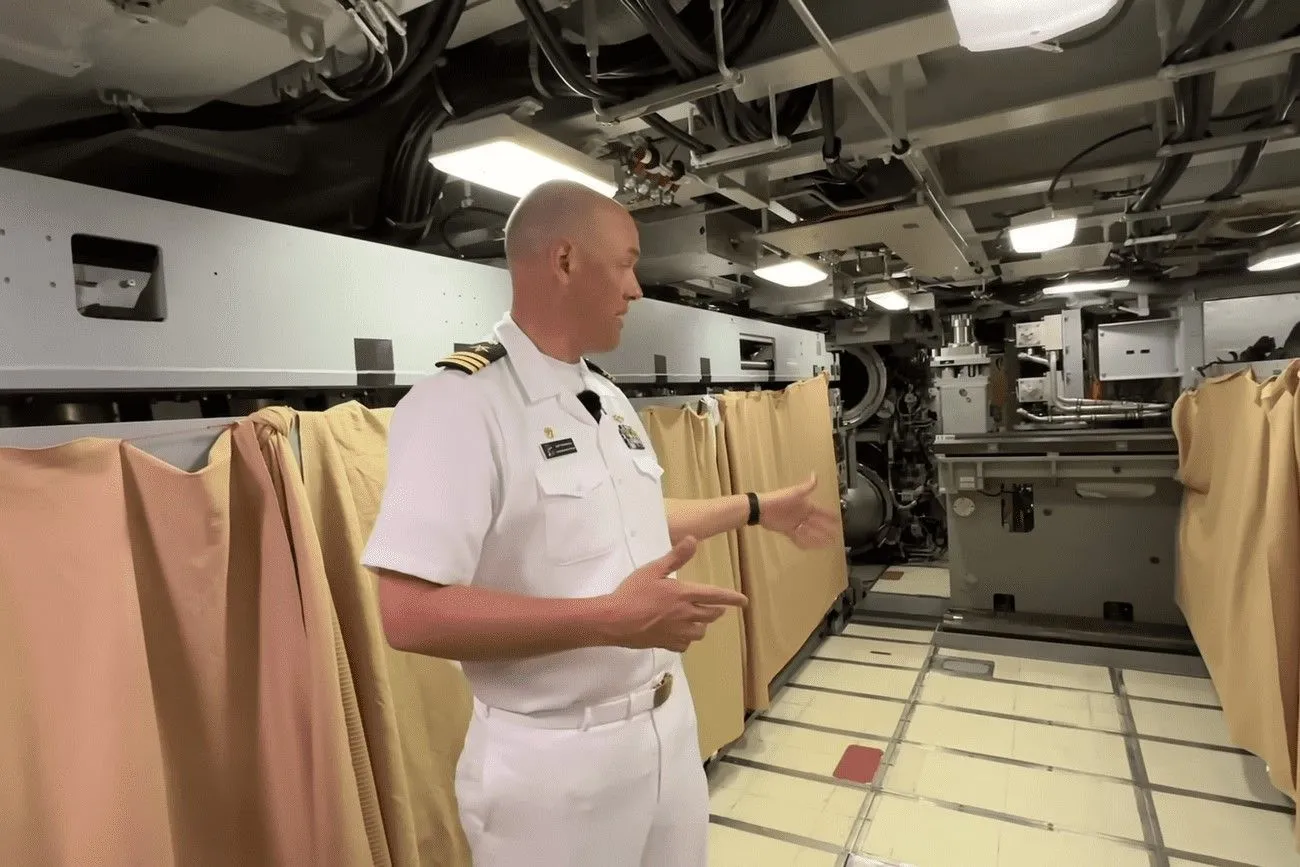 @Inside a Nuclear SUBMARINE! | USS Indiana Tour/Joel Franco/YouTube.com
@Inside a Nuclear SUBMARINE! | USS Indiana Tour/Joel Franco/YouTube.com
Health Service
Onboard the majority of contemporary submarines, there is a special space set aside for the ship's physician. The term "doctor," though, might be misleading. On some submarines, a senior corpsman acts as the ship's medical expert, but only after undergoing a highly demanding training program.
Their responsibility is to maintain the crew's health. They can handle both mild and more severe, complicated injuries, including some that could need surgery.
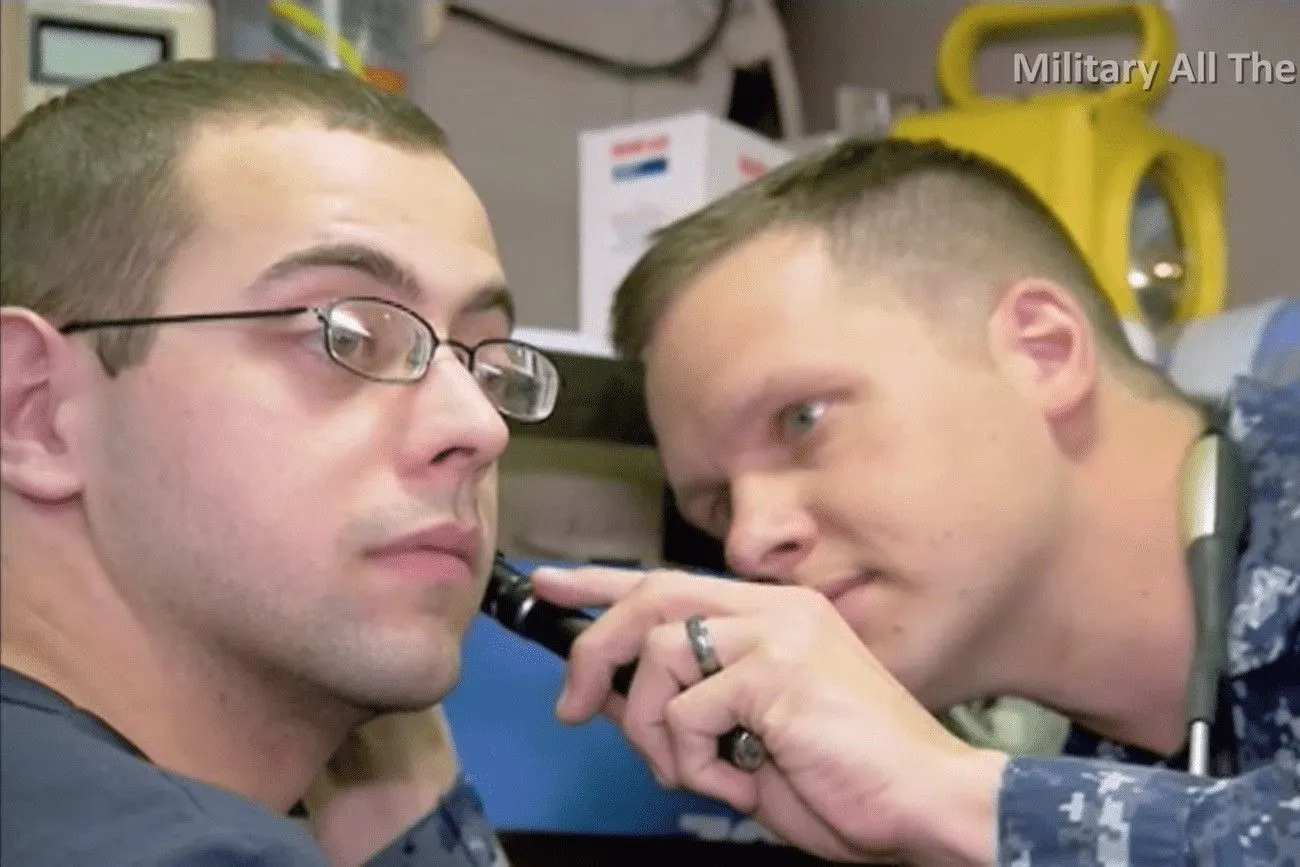 @Inside Nuclear Submarine's Kitchen and Sleeping Rooms. Living and Working in a $4B Submarine/Military all the way/YouTube.com
@Inside Nuclear Submarine's Kitchen and Sleeping Rooms. Living and Working in a $4B Submarine/Military all the way/YouTube.com
Food Sources
Food is a problem because submarines must stay underwater for extended periods of time. Fresh food barely keeps for a few weeks before the cooks must innovate. Some dry ingredients can be utilized to make delicious meals, even elaborate ones like lasagna.
To extend the shelf life of fresh food, use additional techniques like hiding it in odd places. Fresh goods may stay a little bit longer underwater than they would on land because it is so chilly there.
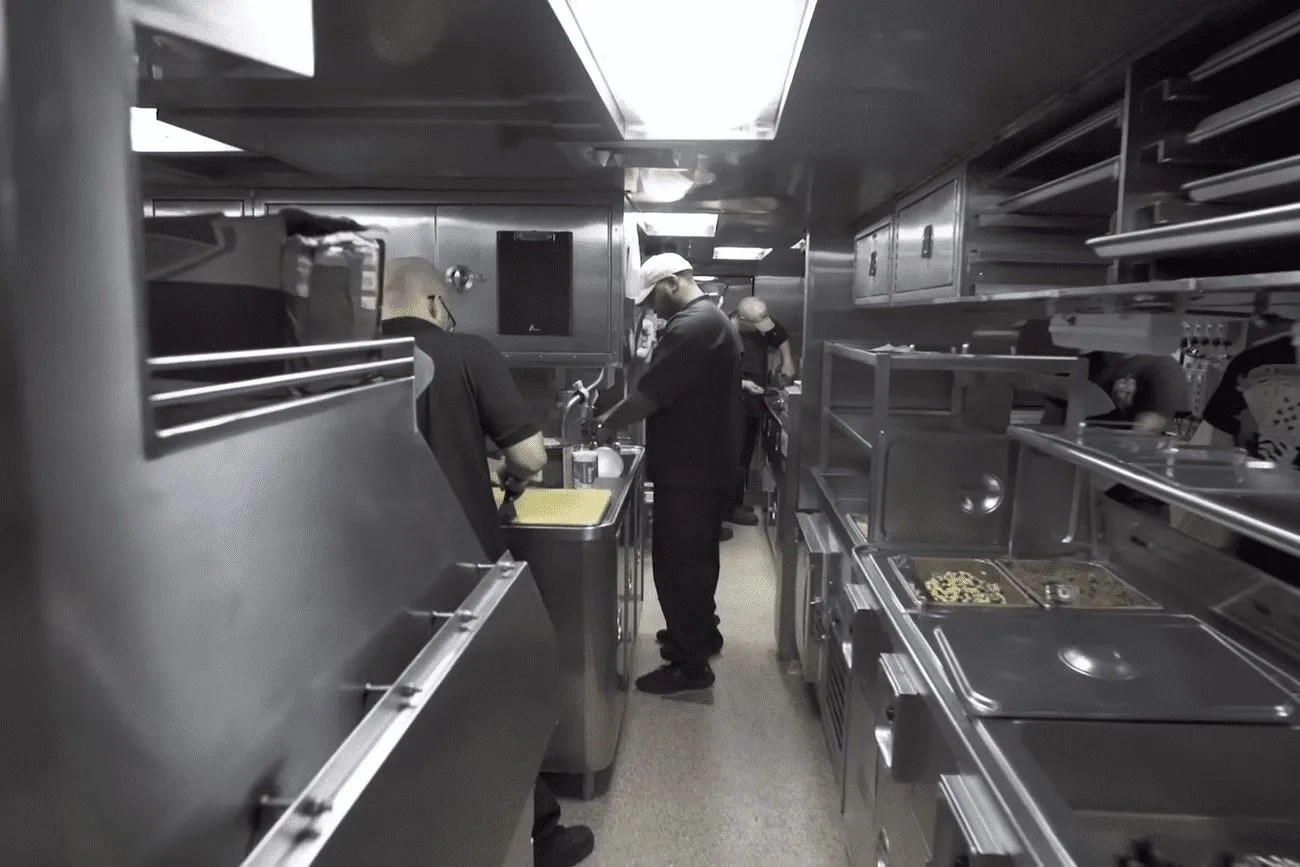 @Life Inside $4 Billion US Submarine Kitchen in Deep Underwater/Fluctus/YouTube.com
@Life Inside $4 Billion US Submarine Kitchen in Deep Underwater/Fluctus/YouTube.com
Daily Meals of Three
Without talking about the food served on board, we cannot discuss submarine kitchens! For the duration of the submarine patrol, which may continue for weeks or even months without resupply, modern American submarines feed their crew members three meals a day! And based on appearances, the cuisine doesn't seem too awful!
Onboard the ballistic missile submarine USS Lousiana, the cook can be seen seasoning a tray of fish fillets in the top image. Another cook is making pizza on the same submarine in the bottom image.
 @Life Inside $4 Billion US Submarine Kitchen in Deep Underwater/Fluctus/YouTube.com
@Life Inside $4 Billion US Submarine Kitchen in Deep Underwater/Fluctus/YouTube.com
The Order Launch
When everything is so crowded and there is so little room, you must be wondering how the crew members find room for so many weapons. In essence, the command launch is used to store all of these different kinds of weaponry.
The standards for the control room are the same as those for any other space on board a Navy or Marine vessel. There may be room for weapons, but that doesn't mean their capabilities are unrestricted. Given the spatial constraints, certain design elements, such as particular lighting arrangements, are truly required.
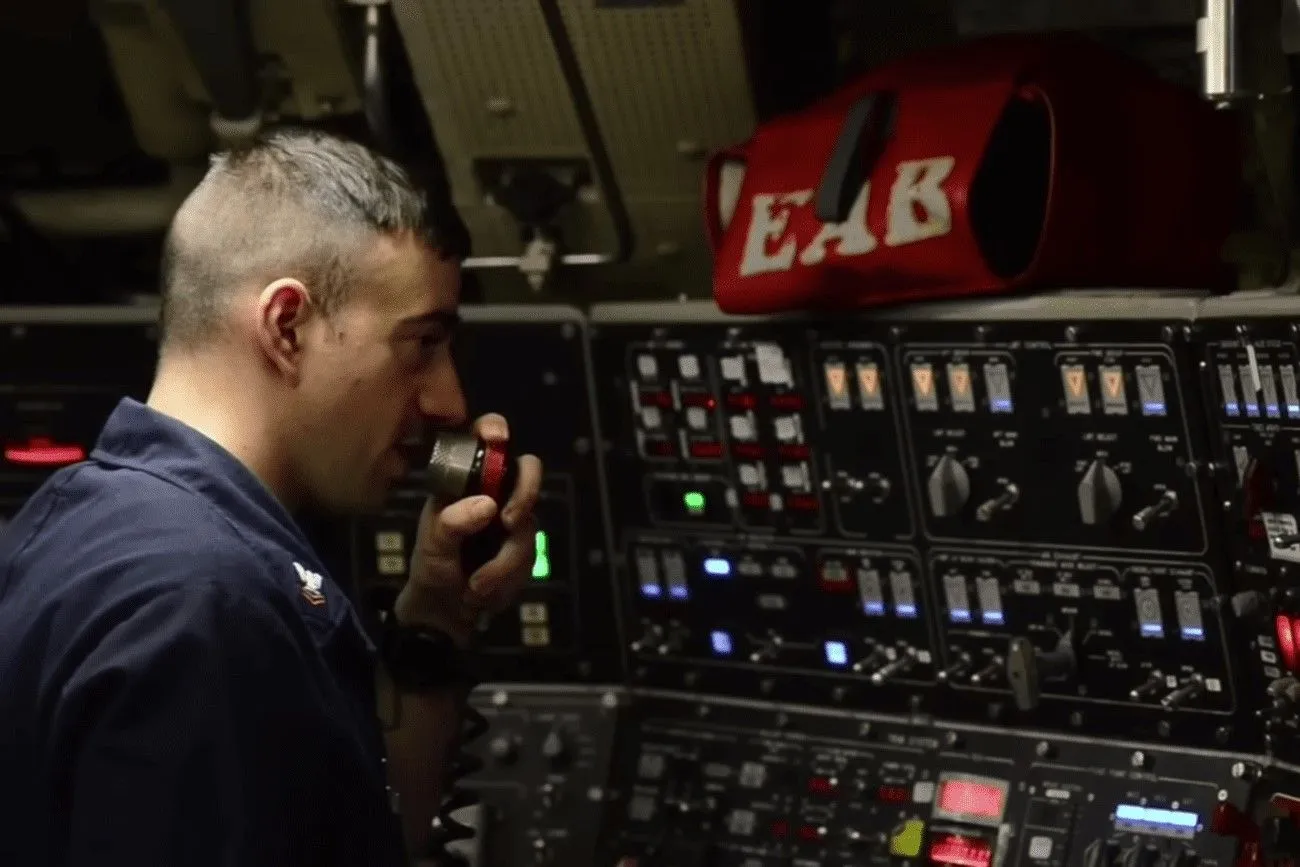 @Life Inside $4 Billion US Submarine Kitchen in Deep Underwater/Fluctus/YouTube.com
@Life Inside $4 Billion US Submarine Kitchen in Deep Underwater/Fluctus/YouTube.com
Nuclear weapons
It's time to understand more about these weapons now that we've discussed where they are located on these submarines. Some submarines are equipped with Trident missiles, which are ballistic missiles fired from submarines and have numerous independently targetable reentry vehicles.
In other words, if your submarine is carrying one, exercise additional caution. But on the other hand, you can relax knowing that you have something so strong to guard you!

Game boards
Let's talk about something amusing and lighthearted to get away from violence and gore. Did you know that sailors and crew members have a variety of recreational options? Come on, they deserve some enjoyment too, especially considering how long they spend submerged.
Whatever the case, members pass their free time by playing cards and board games. That reminds you a lot of summer camp, huh?
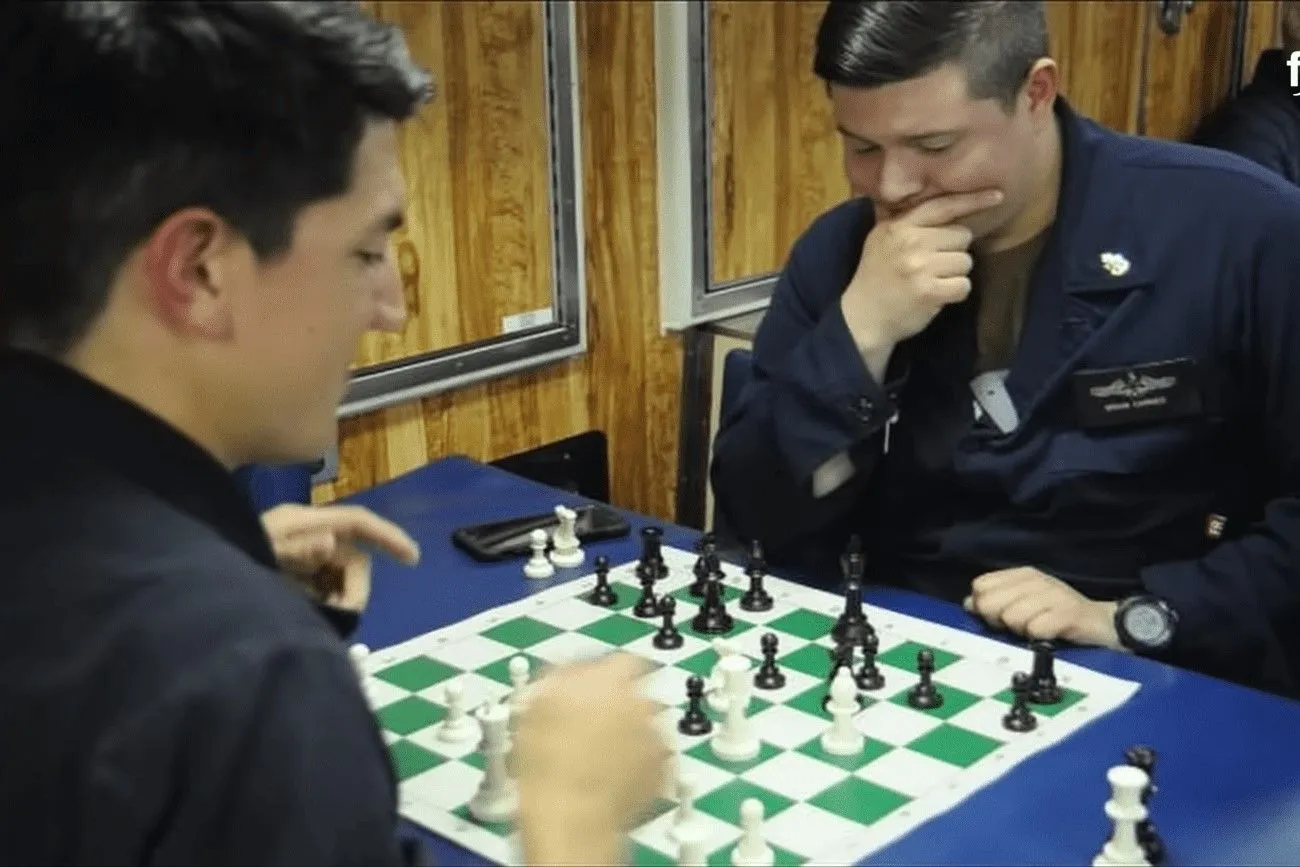 @Life Inside $4 Billion US Submarine Kitchen in Deep Underwater/Fluctus/YouTube.com
@Life Inside $4 Billion US Submarine Kitchen in Deep Underwater/Fluctus/YouTube.com
Utilize safeguards
Have you ever pondered what happens when an enemy submarine spots one? The submarine will be targeted by torpedoes, and an alarm will soon start to blare. Fortunately, all is not lost. Specific countermeasures that are intended to confuse approaching torpedoes are carried by US Navy submarines.
The "Mobile Submarine Simulator" or MOSS is the name of these defenses. It essentially acts as a decoy sonar that mimics a real submarine's sound signature. It was first put into operation in 1976, and up to the 1990s, all Navy ballistic submarines employed it.
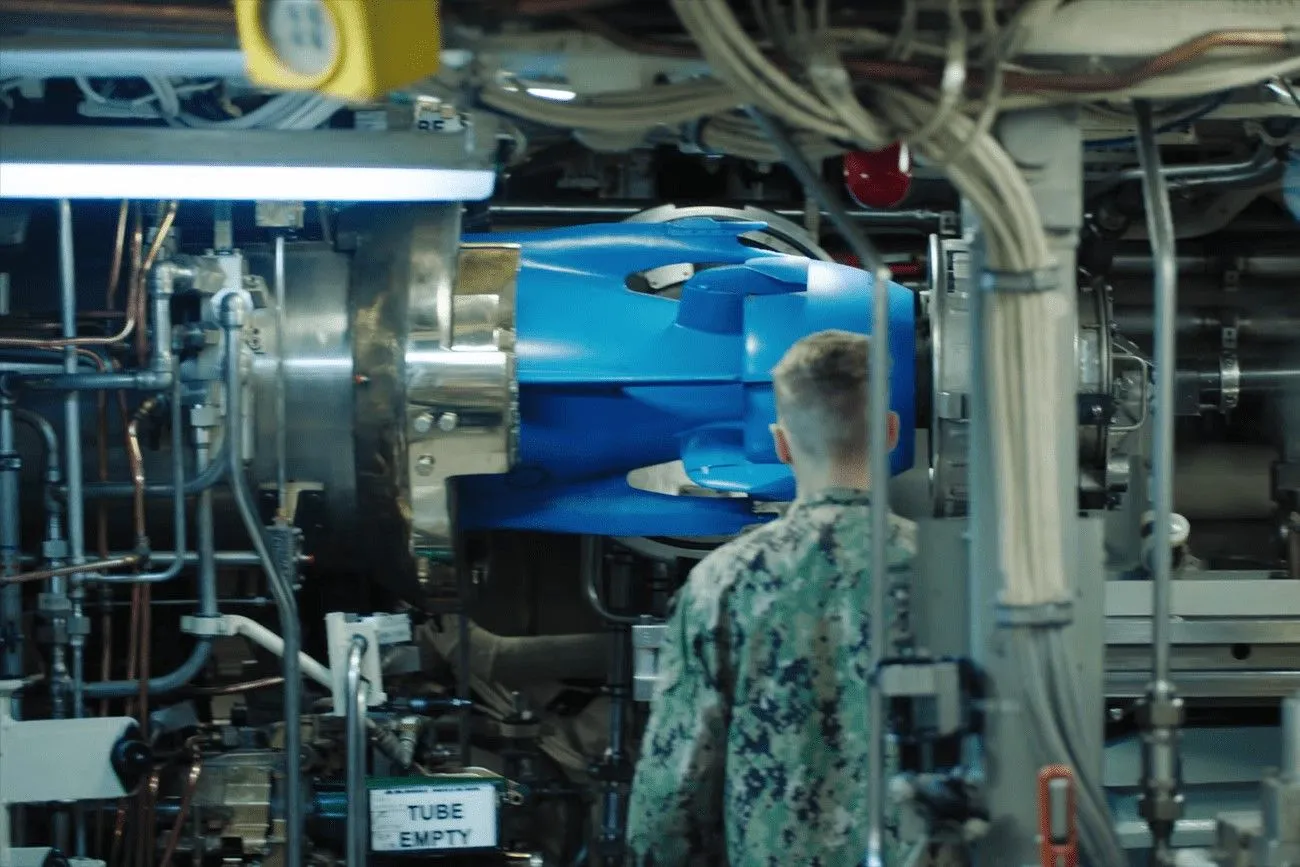 @Life at Sea: Navy Submarine/America's Navy/YouTube.com
@Life at Sea: Navy Submarine/America's Navy/YouTube.com
Being a Nuclear Family
At first, living in close quarters might not seem like a bad thing. Some people might even find these cramped quarters to be cozy—until they discover they must share the room with incredibly destructive weaponry.
Although it's unsettling to consider, you had better get used to spending months at a time in close proximity to ballistic missiles, torpedoes, and even nuclear bombs.
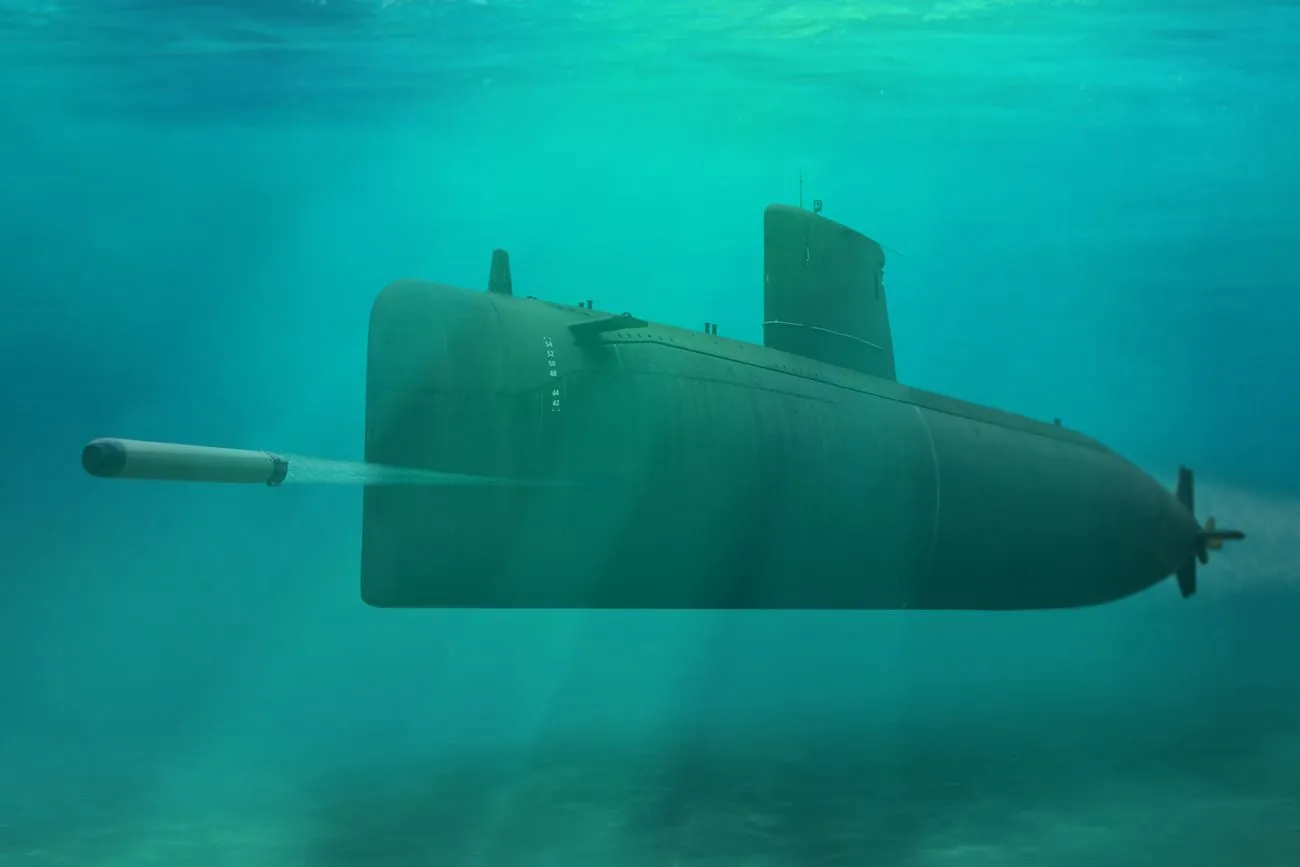
Strive to learn
You would be mistaken if you believed that training and certification end the moment you leave the coast. Sailors use their free time to advance their professional skills and certifications when they are not on duty, participating in drills, or keeping watch.
Even though they are at sea, they are still learning. The ultimate objective is to ensure that they are well informed about their industry. Given that modern submarines have thousands of valves, pumps, pipes, and other types of sophisticated equipment, this is a lot to take in.
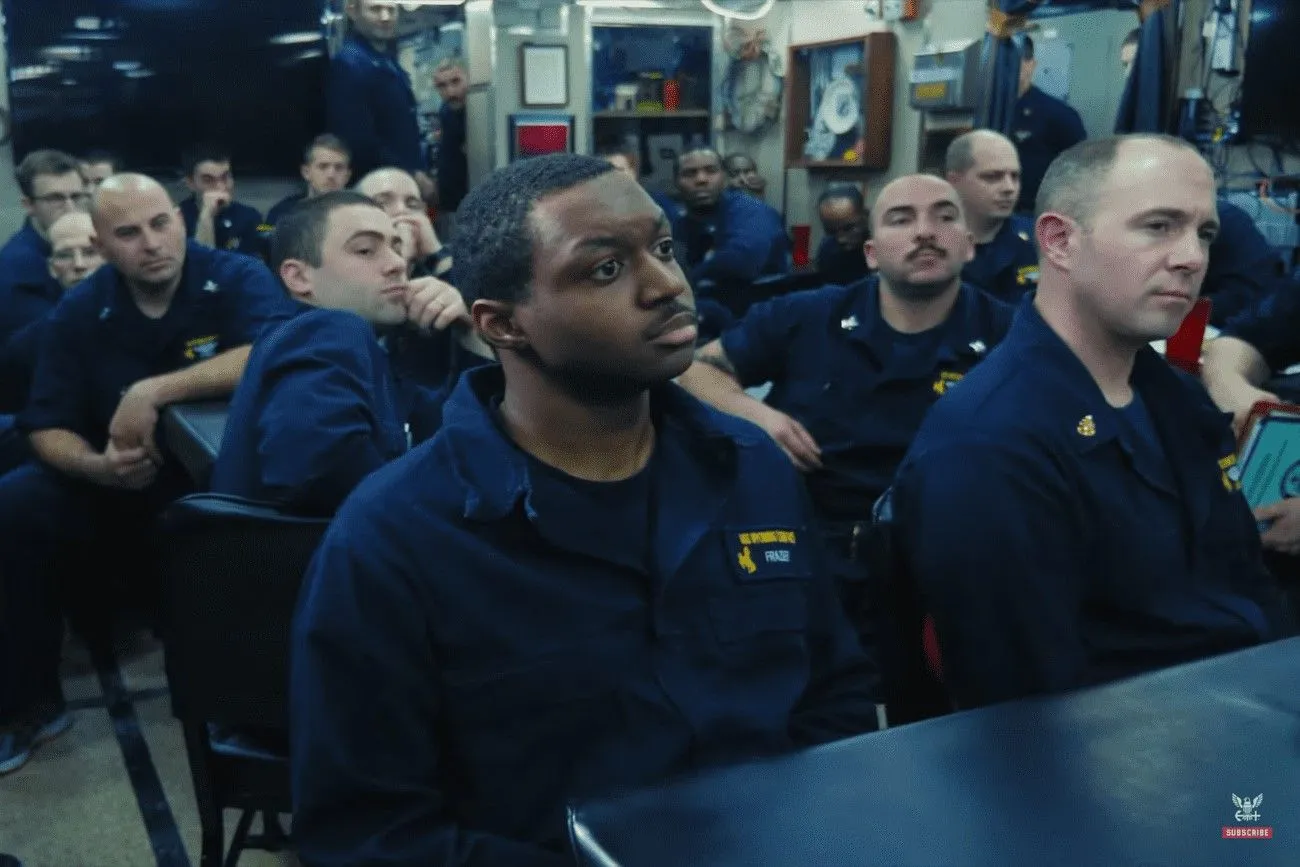 @Life at Sea: Navy Submarine/America's Navy/YouTube.com
@Life at Sea: Navy Submarine/America's Navy/YouTube.com
Anywhere Sailability
The majority of nations have their own submarines. However, not all of the aforementioned nations are free to go wherever they like. The US has the ability to travel the entire globe with its submarine without being detected from any of these nations.
They are more potent than the rest of the globe due to their long strike capabilities. You can see that it's not an easy job, but rather one that is crucial.
 @Boarding a US NAVY NUCLEAR SUBMARINE in the Arctic - Smarter Every Day 240/SmarterEveryDay/YouTube.com
@Boarding a US NAVY NUCLEAR SUBMARINE in the Arctic - Smarter Every Day 240/SmarterEveryDay/YouTube.com
Analogous Coating
To avoid being discovered, submarines need to remain as silent as possible. They have anechoic coating, a unique substance, applied to their hull as a result. It is made out of intricately constructed rubber tiles that are glued to the submarine's hull.
The sound of breaking waves on the hull is muffled by these rubber tiles, lowering the ship's acoustic signature. Additionally, they lessen the sounds the submarine makes so that it can still be as stealthy as possible.
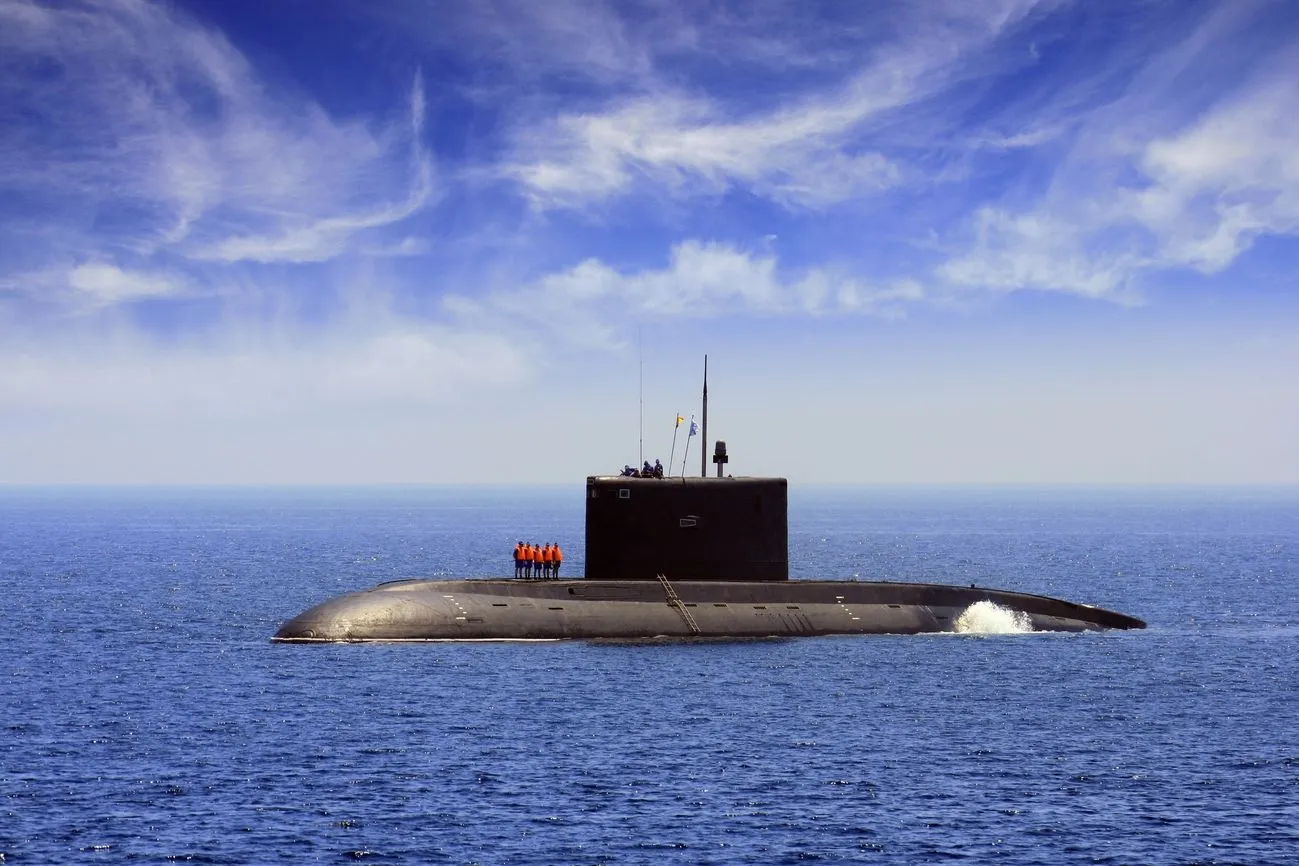
Raising the Blinds
Living within a submarine can be really difficult, especially if you're gone for extended periods of time. Even though there may be times when you miss your family and home, your fellow crew members will become like family to you since family is there for you through good times and bad.
Given how much time you spend together, it's difficult to avoid getting close. Thus, despite the occasional bouts of homesickness, the relationships you forge with the other crew members will last forever.
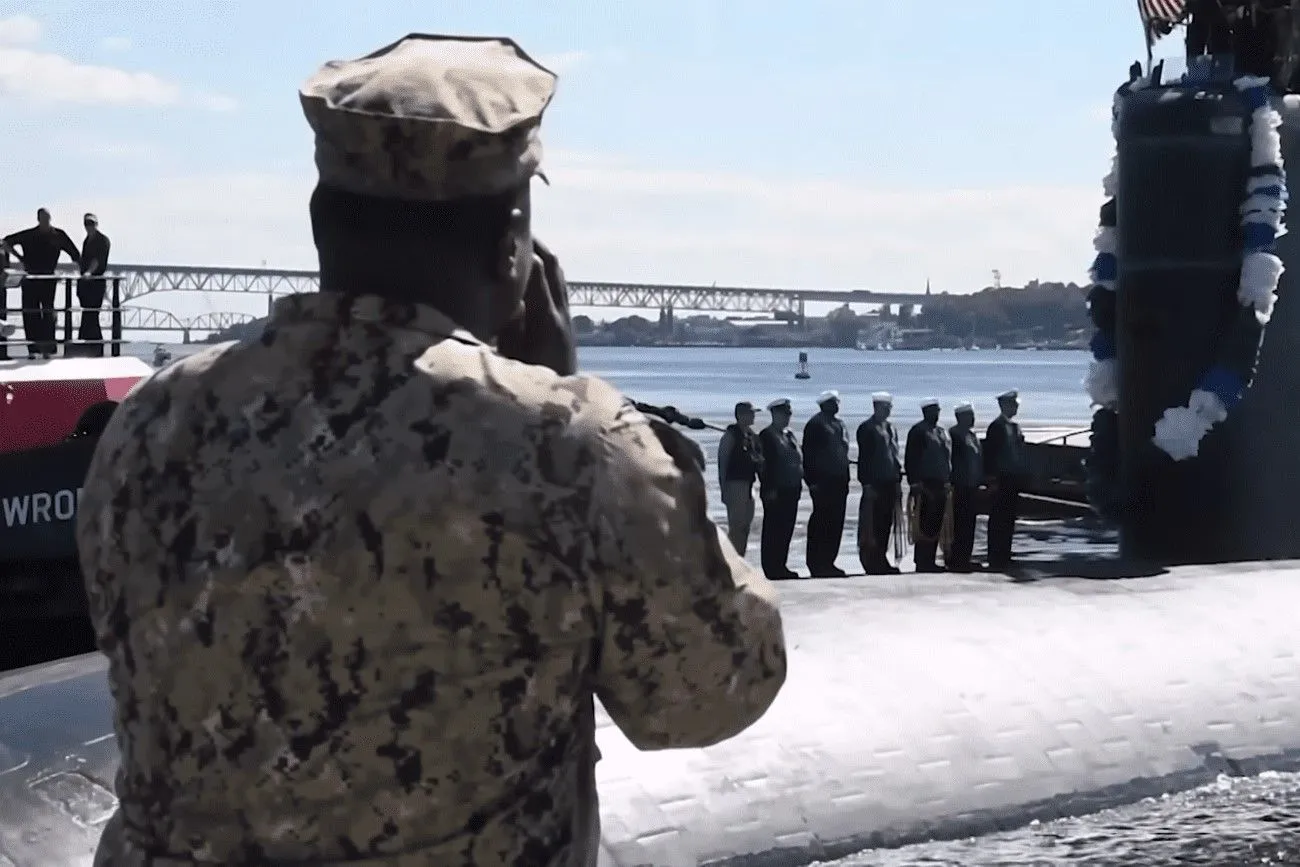 @Life Inside $4 Billion US Gigantic Submarine/Fluctus/YouTube.com
@Life Inside $4 Billion US Gigantic Submarine/Fluctus/YouTube.com
Shared bunk beds
Everyone is familiar with the proverb "Sharing is caring." That feeling, though, is a little different if you reside in a submarine. Each passenger does not have a bunk in a submarine. In this situation, a bunk is typically shared by two to three persons.
How? Another traveler who is sleeping in the bunk is awakened after one person's shift is over. The warm area on the bed that someone else leaves behind after sleeping there for six hours has become so common among submariners that they've even coined the term "hot racking" to describe it.
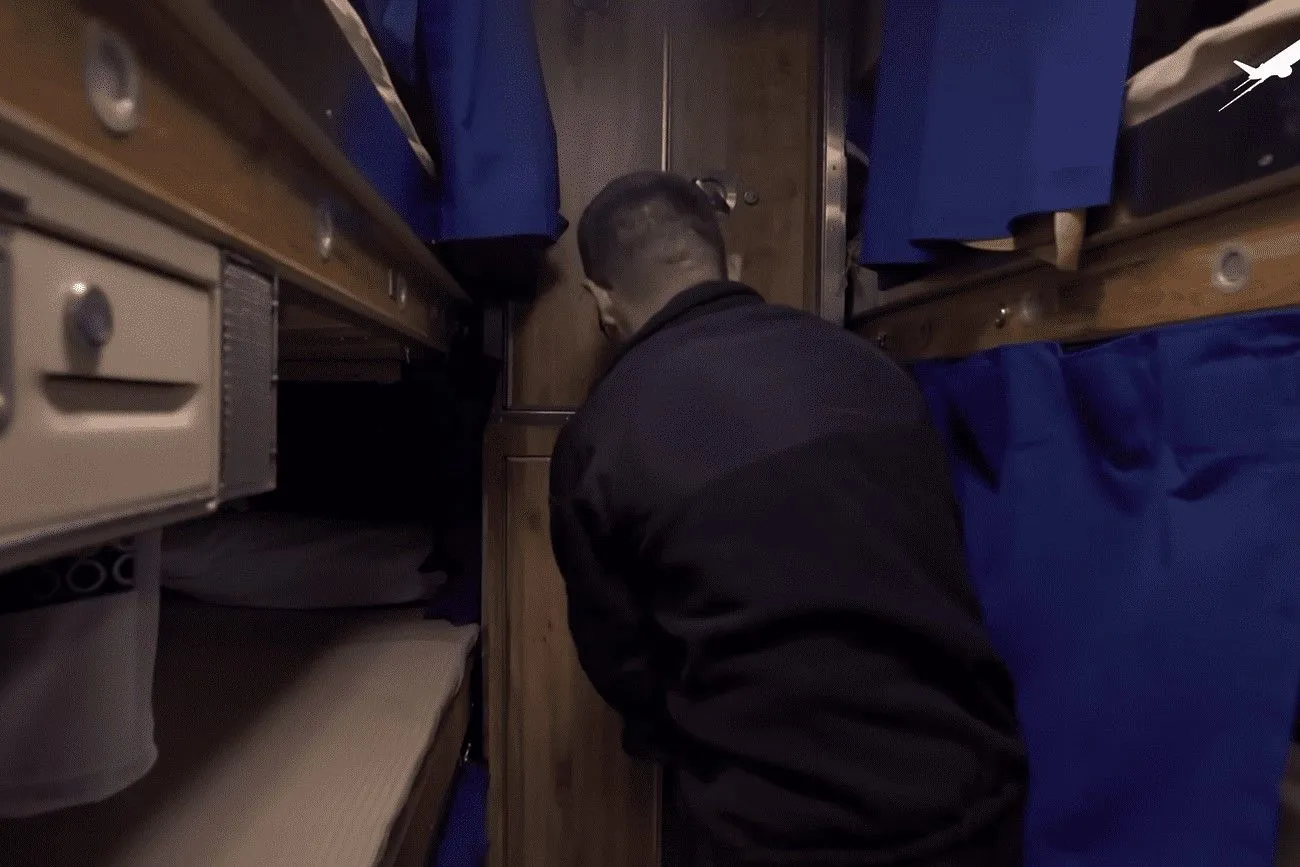 @Inside US Submarine Kitchen During Rush Time Underwater/The Daily Aviation/YouTube.com
@Inside US Submarine Kitchen During Rush Time Underwater/The Daily Aviation/YouTube.com
Pin the Dolphin
Aren't dolphins the cutest animals? Did you know that dolphins have a very high sense of honor? Submariners are aware of that, to be sure. Officers who live aboard a submarine have to put in a lot of effort if they want to receive the highest accolade from their commanders.
Knowing how the submarine operates and how to utilize it as a weapon are the sole requirements for earning the dolphin pin as a marine. The next step would be to take an exam and ace it with flying colors.
 @MORE RESPECT IN THE NAVY IF YOU HAVE WARFARE DEVICES?!/ NICKY MGTV/YouTube.com
@MORE RESPECT IN THE NAVY IF YOU HAVE WARFARE DEVICES?!/ NICKY MGTV/YouTube.com
They Refer to beds as “coffins”
If you actually think about it, living inside a submarine, which is just an undersea metal tube, may be rather unsettling. Given that, it makes perfect sense that police refer to the bunk beds they use as "coffins." You read that right; it is true.
We're not sure how at ease we'd feel laying down in a makeshift graveyard, despite the nickname being amusing. Of course, we're joking, but it's still a creative moniker for the bunkers.
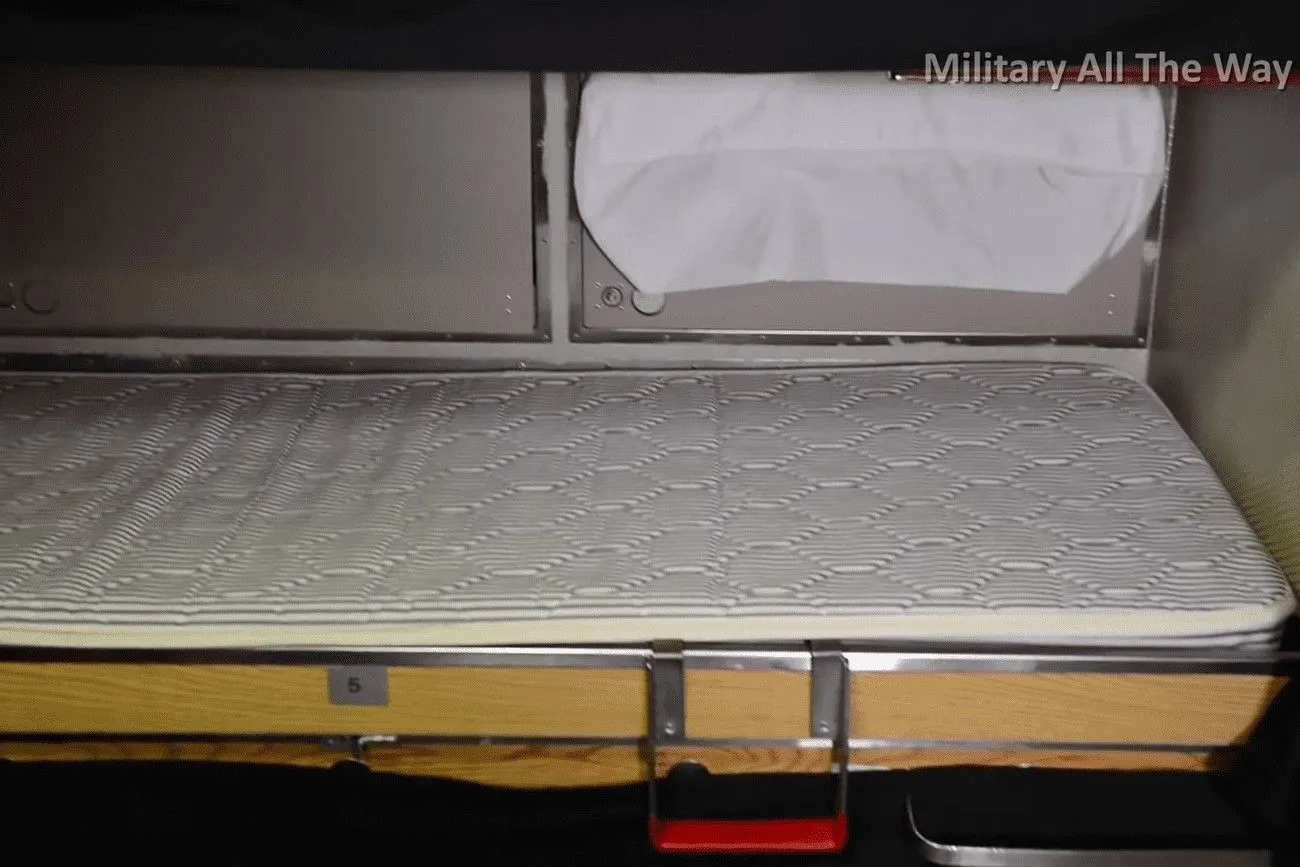 @Inside Nuclear Submarine's Kitchen and Sleeping Rooms. Living and Working in a $4B Submarine/Military all the way/YouTube.com
@Inside Nuclear Submarine's Kitchen and Sleeping Rooms. Living and Working in a $4B Submarine/Military all the way/YouTube.com
Do not slam doors
There is a very stringent regulation against slamming doors since sailors get very little sleep and it's difficult to sleep well aboard a submarine. Slamming doors is strictly forbidden because even the smallest noises have the potential to wake people up.
There is also another component to it as well. In order to prevent hostile vessels' sonar from being picked up, it is occasionally absolutely important to keep completely silent. Therefore, it is forbidden to slam doors or make any other loud noises.
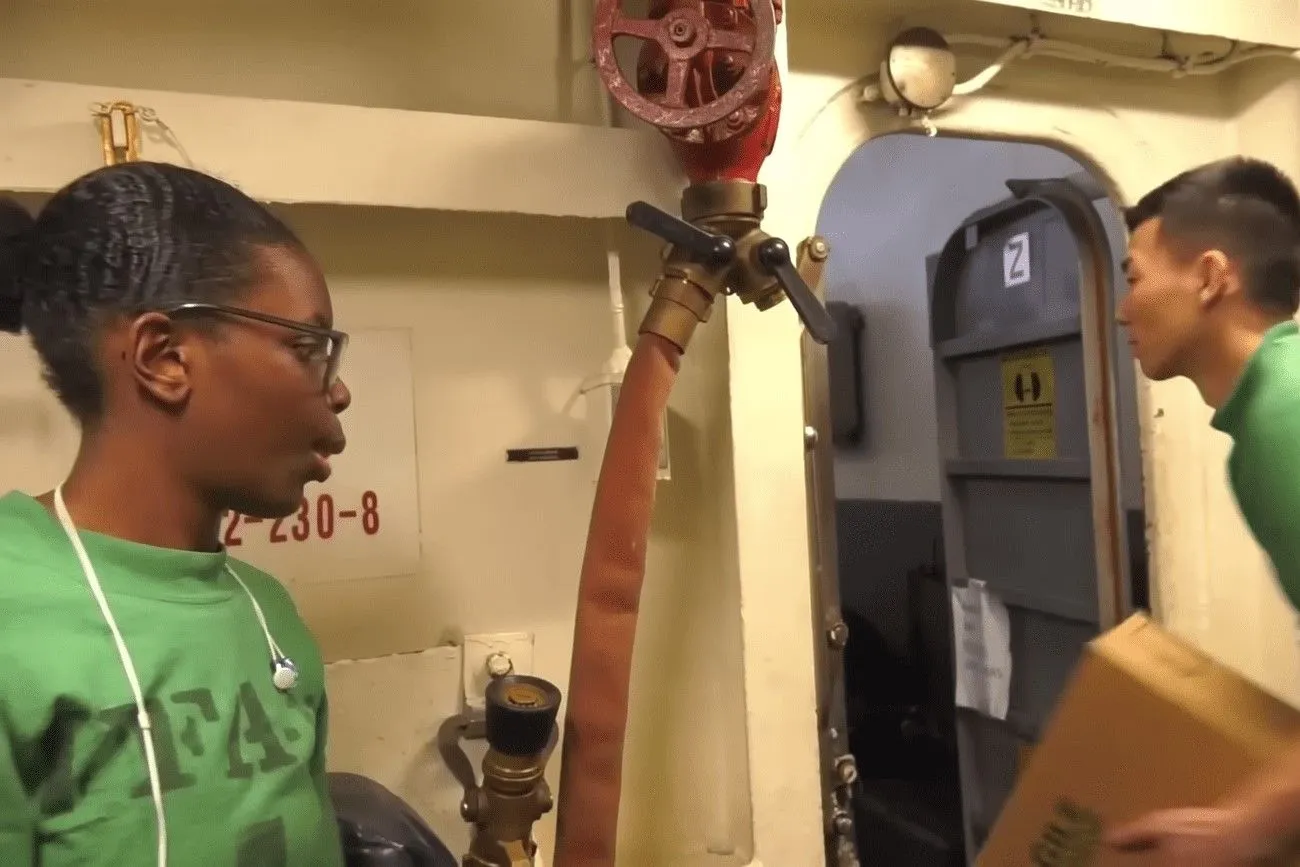 @Life Inside $4 Billion US Submarine Kitchen in Deep Underwater/Fluctus/YouTube.com
@Life Inside $4 Billion US Submarine Kitchen in Deep Underwater/Fluctus/YouTube.com
Short Shower Time
Even though a submarine is practically submerged in water, clean water is incredibly valuable within the vehicle. A submarine must restrict the number of times it releases its used (grey) water if it hopes to avoid detection.
This is why the maximum time spent in the shower is three or five minutes. Water run time, or how long it takes for used water to cycle out of the ship's systems, will determine this.
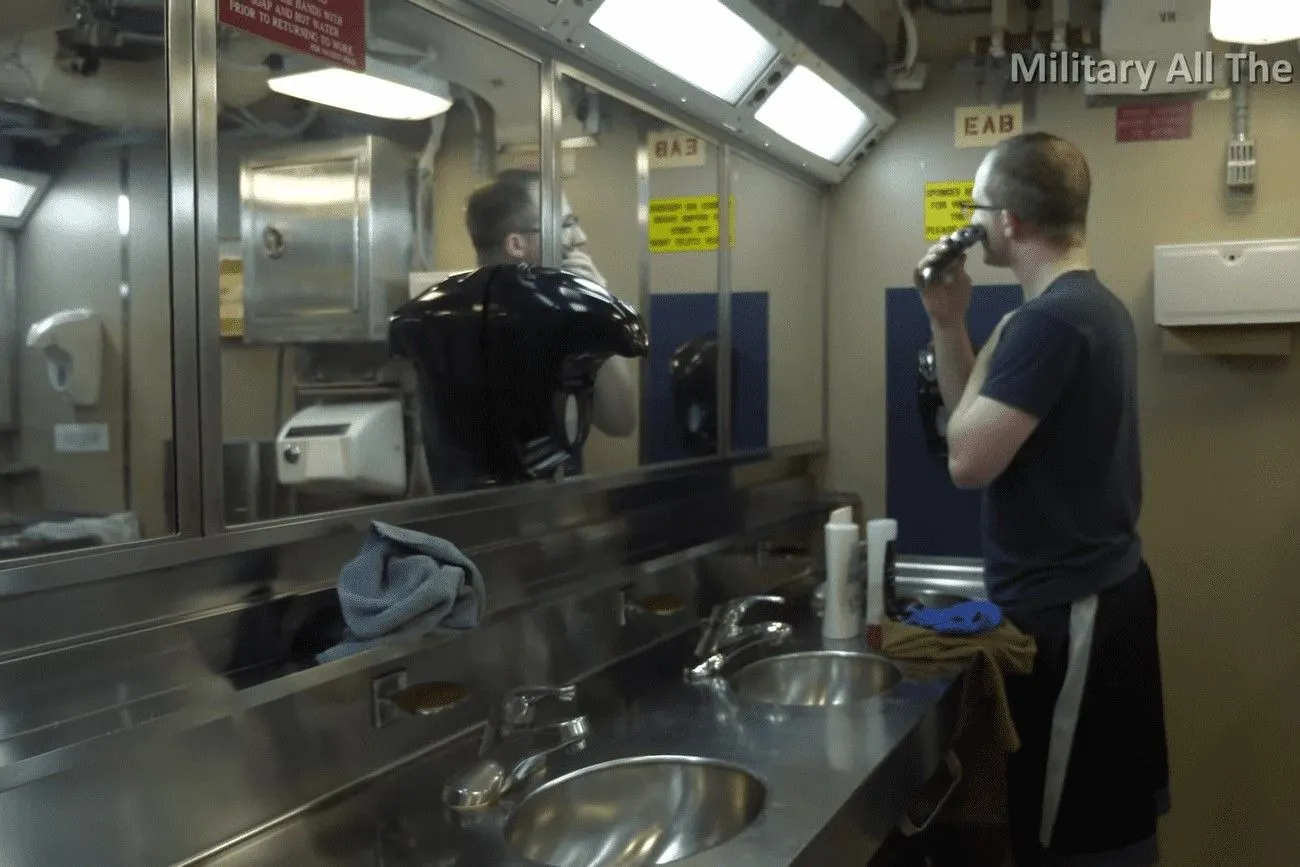 @Inside Nuclear Submarine's Kitchen and Sleeping Rooms. Living and Working in a $4B Submarine/Military all the way/YouTube.com
@Inside Nuclear Submarine's Kitchen and Sleeping Rooms. Living and Working in a $4B Submarine/Military all the way/YouTube.com
Unique Uniform
Submariners wear a unique type of uniform in contrast to the other members of the navy. They still sport the US Navy's logo and colors, but with a distinctive twist. In contrast to other sailors, submarine crew members dress in deep blue overalls made of lint-free polyester.
What is the cause? The air filtering system in the submarine could become clogged with lint. Additionally, this outfit was given the hilarious moniker “poopie suit.”
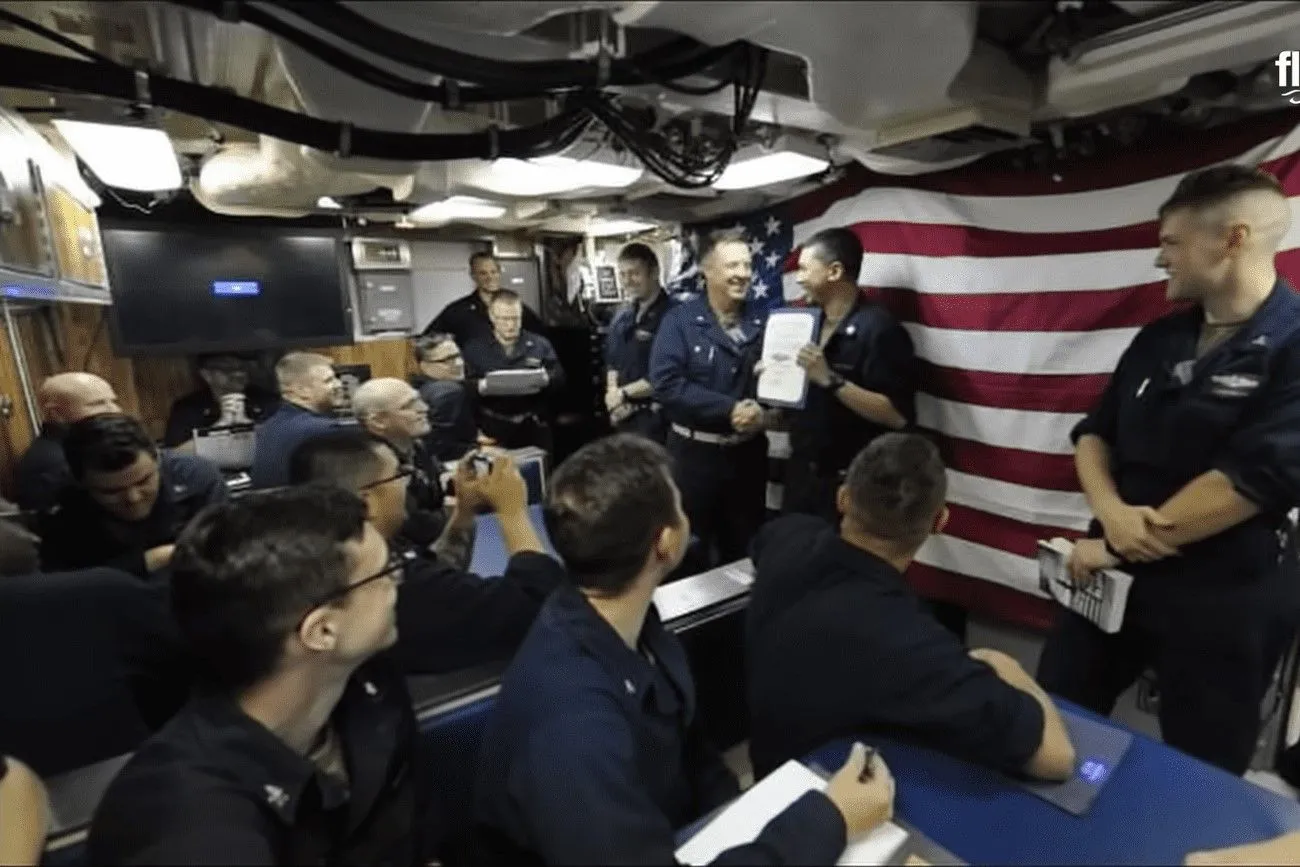 @Life Inside $4 Billion US Submarine Kitchen in Deep Underwater/Fluctus/YouTube.com
@Life Inside $4 Billion US Submarine Kitchen in Deep Underwater/Fluctus/YouTube.com
Making Oxygen
Have you ever wondered how the troops (and, more recently, servicewomen) inside submarines manage to avoid suffocating? With the help of a straightforward yet amazing technology, submarines can generate oxygen from the surrounding water.
In essence, seawater is placed through a procedure called electrolysis to enable the extraction of oxygen. Submarines also carry a few oxygen tanks in case these systems malfunction and the interior of the submarine needs to be filled with oxygen right away.
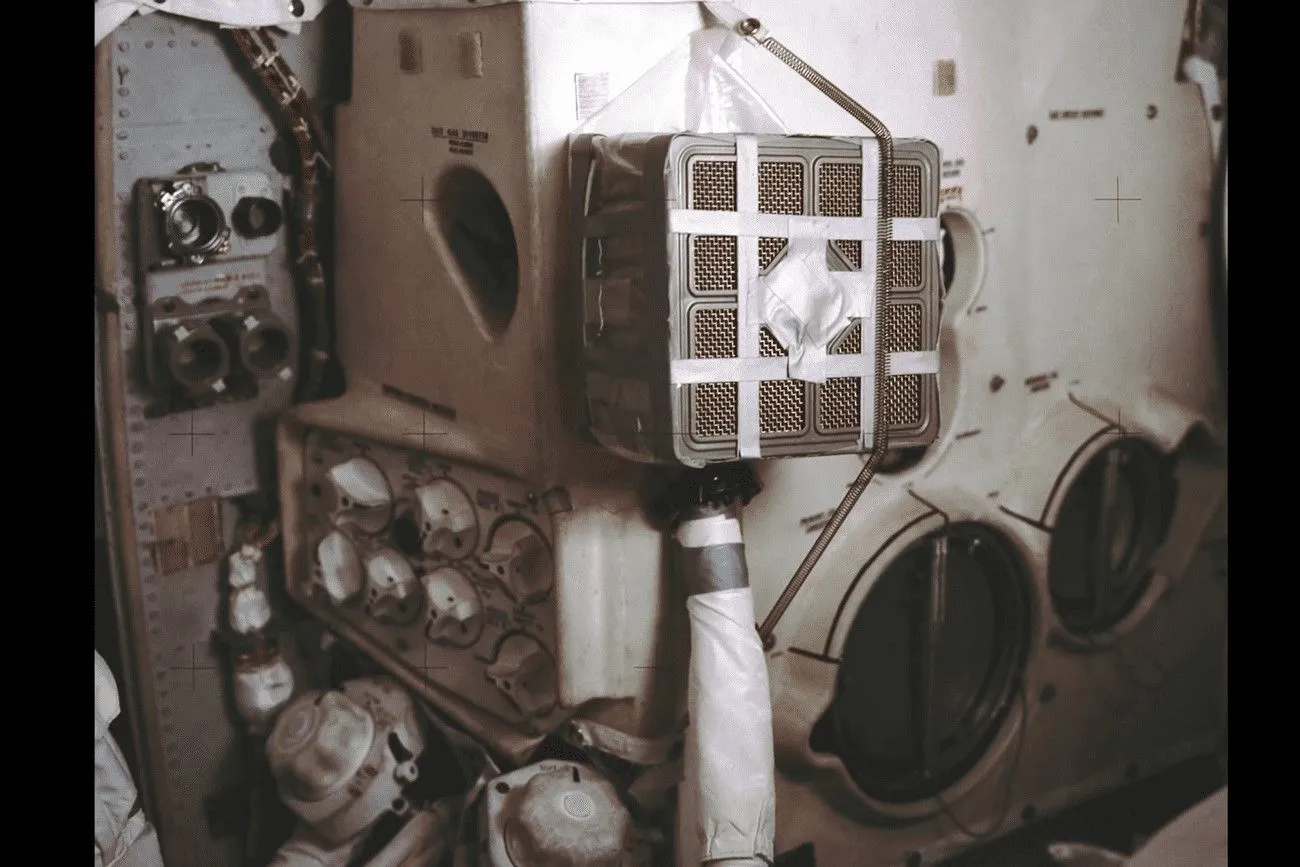 @How Do Nuclear Submarines Make Oxygen?- Smarter Every Day 251/SmarterEveryDay/YouTube.com
@How Do Nuclear Submarines Make Oxygen?- Smarter Every Day 251/SmarterEveryDay/YouTube.com
Lowest point
Submarines are occasionally seen lying at the bottom of the ocean, particularly in Hollywood productions. Have you ever questioned whether it is even feasible? The basic response is that it depends on the kind of submarine.
Electric-diesel submarines are reportedly lighter and more agile, and they can actually do it provided the depth is within their maximum range. Nuclear submarines, its larger sisters, are less likely to carry out such a maneuver since they risk becoming stranded at the bottom.
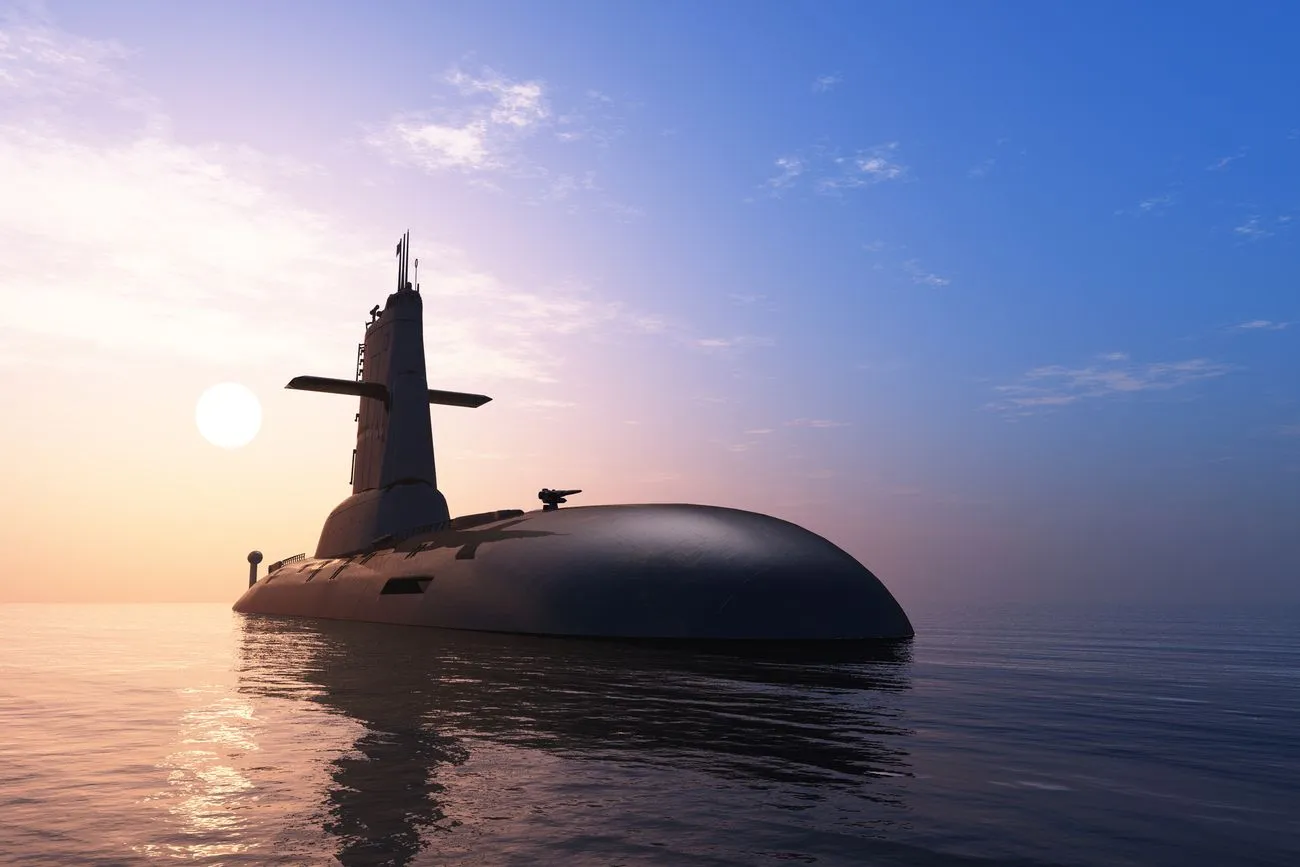
Maintenance in advance
A submarine, like any other complicated machine, needs a lot of maintenance to keep it running well when it's deployed for operations at sea. Because of this, sailors spend a significant amount of their day (and night) maintaining each valve and hatch.
Of course, this also means keeping the launch tubes and electronic equipment in working order. The sailors' vacation time is actually cut short by this upkeep. The sailors appear to get some sleep even while they are not on duty.
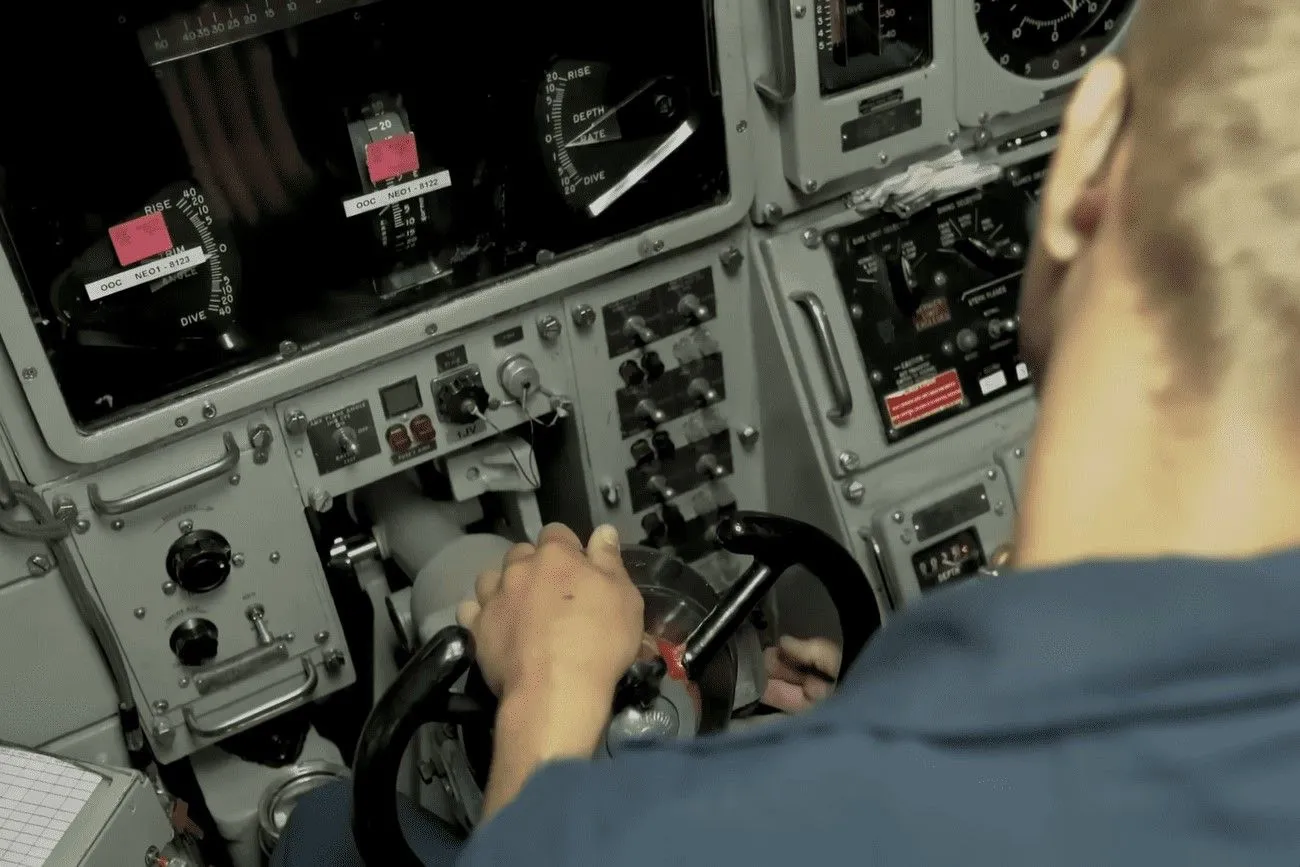 @Life Inside $4 Billion US Submarine Kitchen in Deep Underwater/Fluctus/YouTube.com
@Life Inside $4 Billion US Submarine Kitchen in Deep Underwater/Fluctus/YouTube.com
About Midnight
The halfway point of the patrol or deployment is another strange ceremony that takes place on board a submarine. This is typically commemorated with a wonderful, lavish feast. The menu might contain lobsters, prime rib, or perhaps a NY strip steak, just to give you an idea.
It also involves a purely festive environment in general. Pie throwing is another activity associated with these celebrations, albeit the captain is not included because, well, he's the captain.
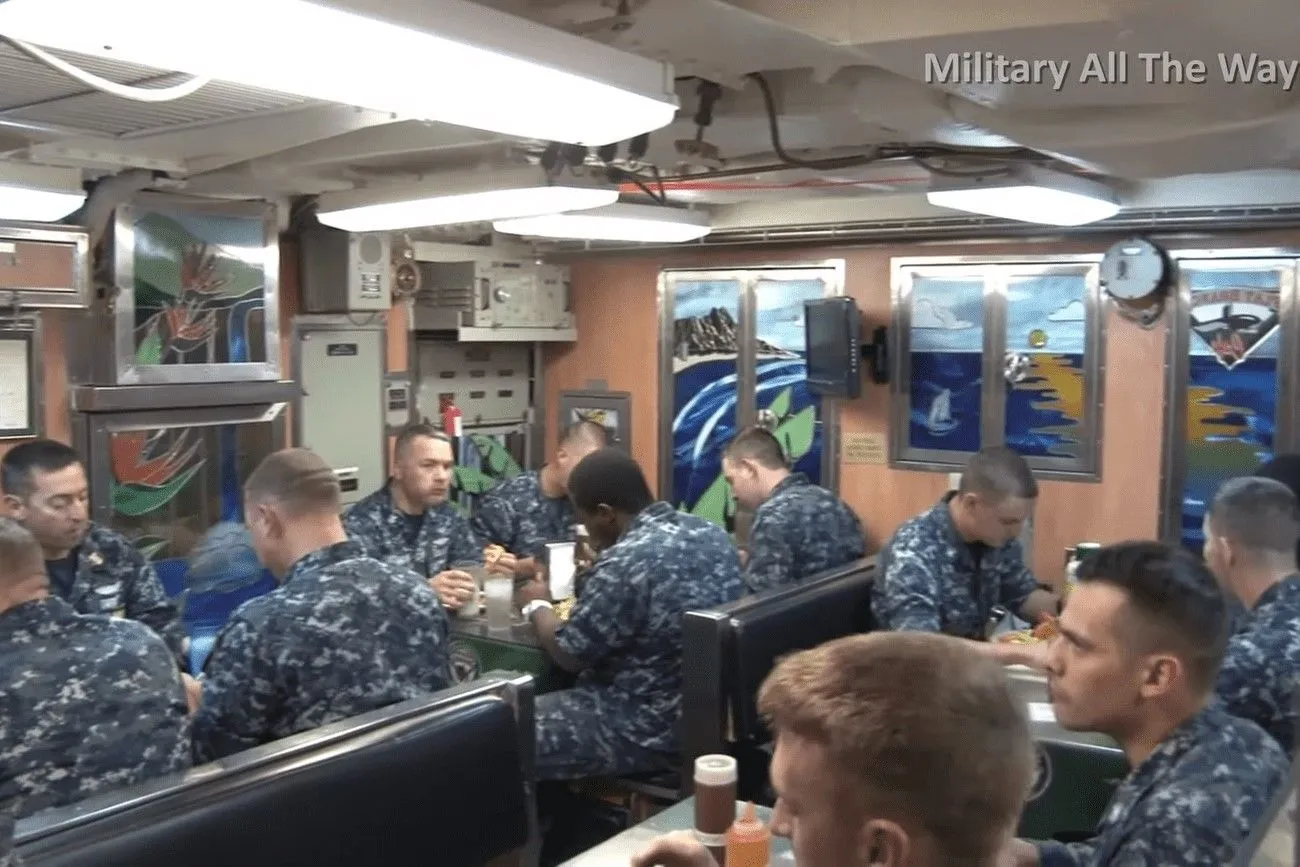 @Inside Nuclear Submarine's Kitchen and Sleeping Rooms. Living and Working in a $4B Submarine/Military all the way/YouTube.com
@Inside Nuclear Submarine's Kitchen and Sleeping Rooms. Living and Working in a $4B Submarine/Military all the way/YouTube.com
Beach Picnic at Steel
A submarine is not always gloomy and dark. The ship will occasionally resurface so the sailors can climb on top and have a brief BBQ when the weather is fine and the captain is in a good mood.
Burgers and hotdogs will be delivered by the culinary staff, and everyone will have a chance to relax and take in the fresh air. Of course, some crew members will need to remain and keep watch at the bridge.
 @ USS John C. Stennis Steel Beach / U.S. Navy /YouTube.com
@ USS John C. Stennis Steel Beach / U.S. Navy /YouTube.com
Toilets Become Obscured
On a submarine, toilets can block up just as at home. The way it functions is that three sanitary tanks are supposed to be filled with water from the ship's toilets.
However, if the valve-line has been accidentally damaged, water will flow somewhere else, such as the kitchen sinks. In addition, we can inform you that the wastewater is truly being discharged into the ocean if you've ever wondered where it usually goes.
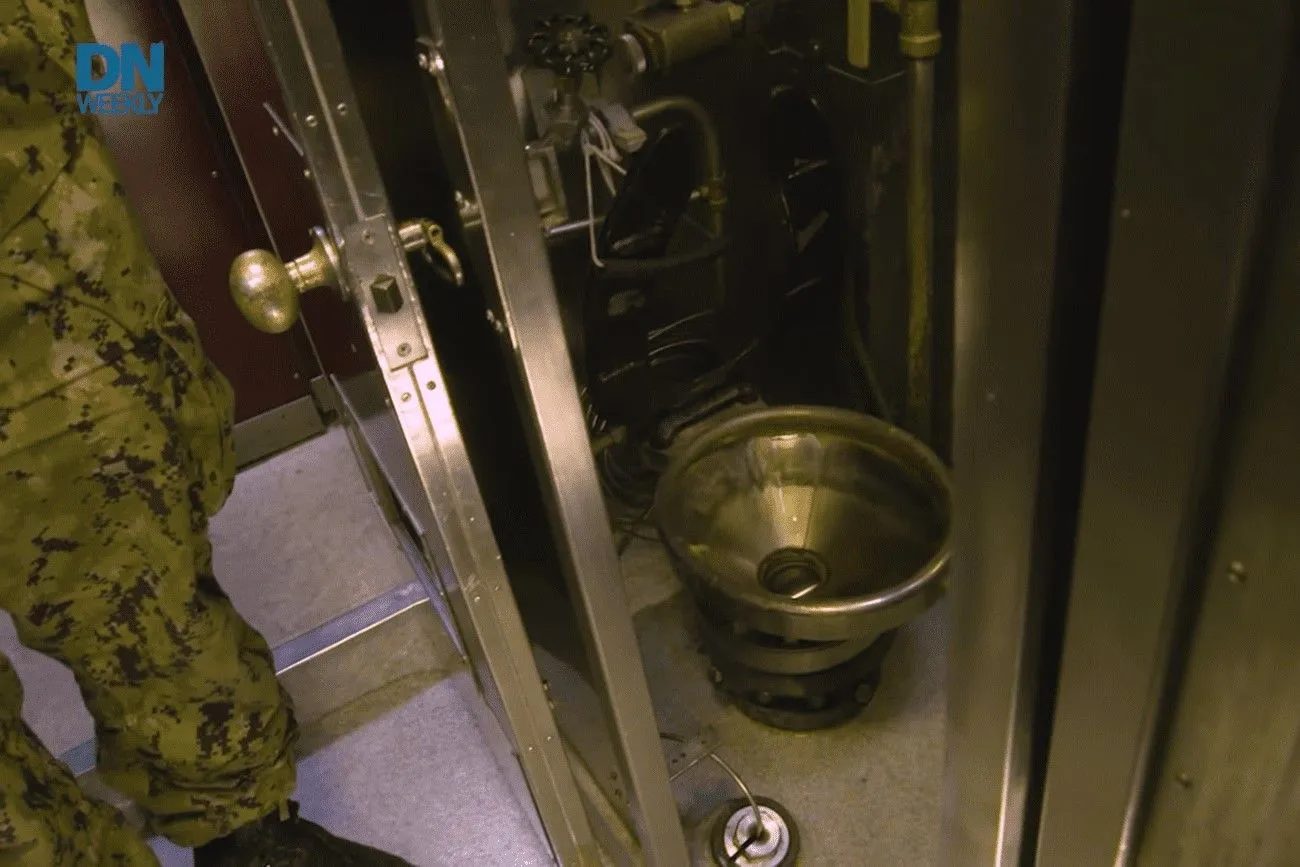 @Sub Life: 1 - The Head | Observation Post/Military Times/YouTube.com
@Sub Life: 1 - The Head | Observation Post/Military Times/YouTube.com
Pool Call
To give the worn-out sailors some downtime, the submarine will occasionally surface. The captain has the authority to order the submarine to resurface whenever the circumstances call for it, allowing the sailor to take a quick dip in the ocean.
Someone must keep watch over them to protect their safety in case of sharks. Some sailors take advantage of this chance to receive some much-needed vitamin D, while others simply take in the fresh air.
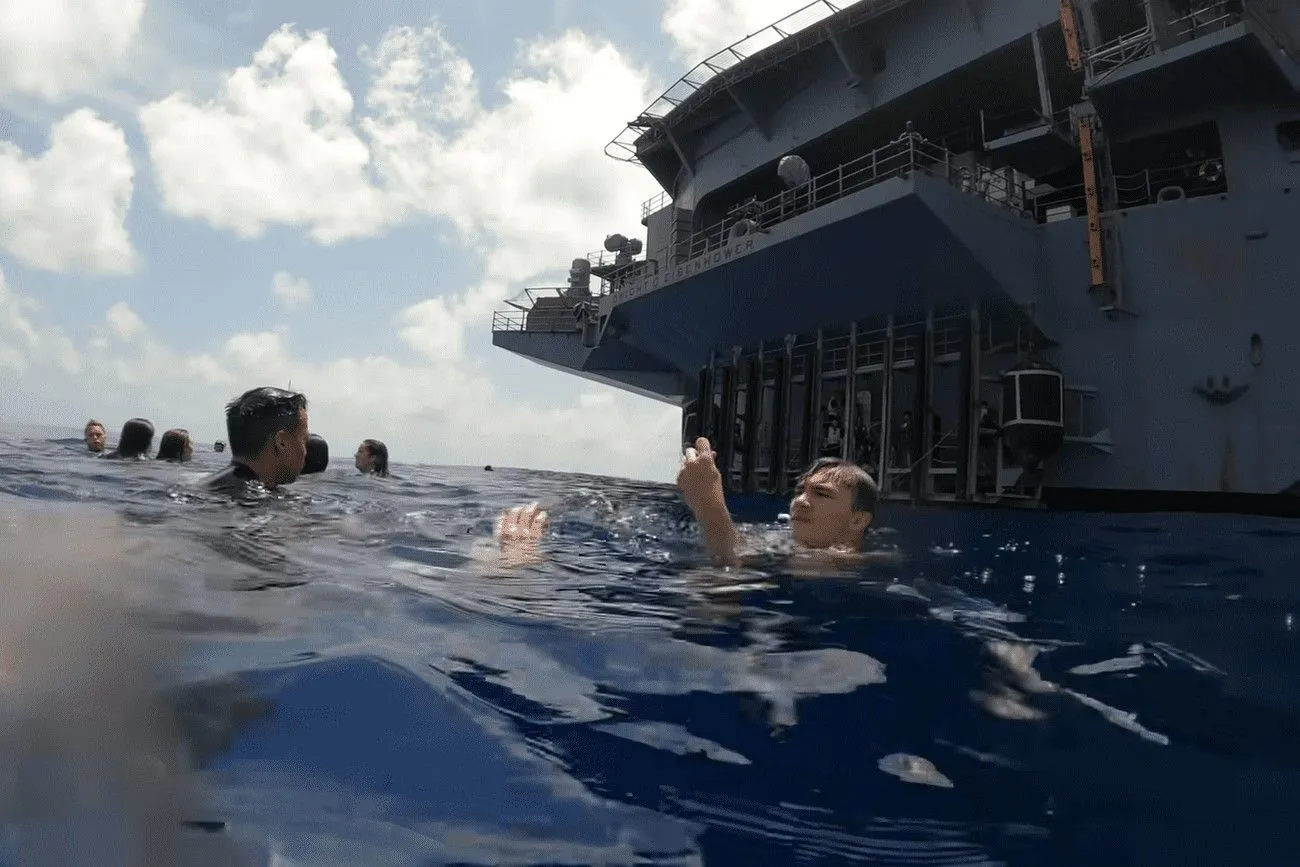 @Jumping Off a NAVY AIRCRAFT CARRIER- Deployment 2020/Edy/YouTube.com
@Jumping Off a NAVY AIRCRAFT CARRIER- Deployment 2020/Edy/YouTube.com
Watch Tasks
The crew members are not arbitrarily given watch responsibilities. Instead, they create a hierarchy-based calendar for the upcoming months.
Everyone is required to participate in watch duty, however the time and location vary based on the rank of the people. Additionally, it relies on the type of specific training that each of these people receives. Therefore, greater responsibility follows higher position.
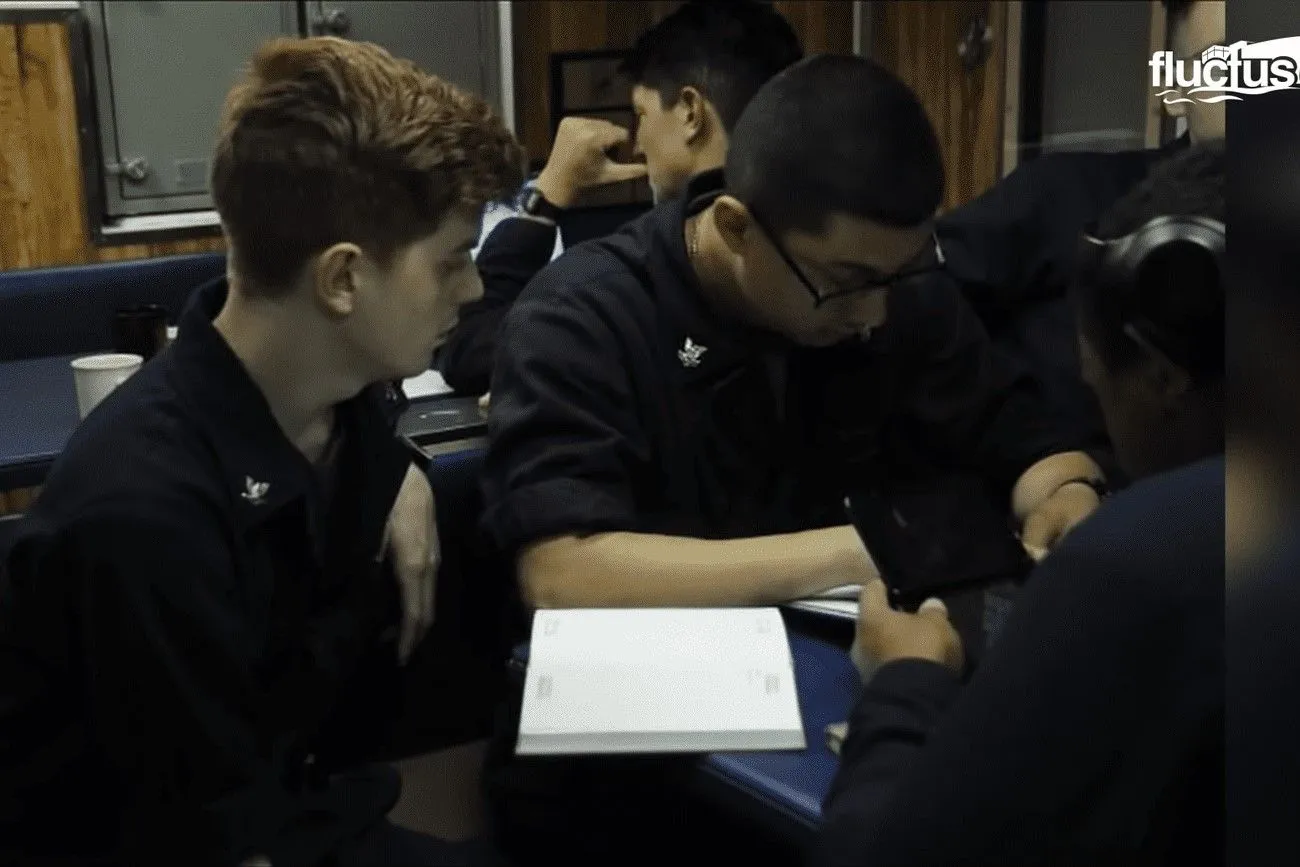 @Life Inside $4 Billion US Submarine Kitchen in Deep Underwater/Fluctus/YouTube.com
@Life Inside $4 Billion US Submarine Kitchen in Deep Underwater/Fluctus/YouTube.com
Lieutenant's Watch
We've already talked about watch duties and how the crew members are assigned tasks, so let's go a little more particular about who performs what during watch duties.
For instance, the conning tower, an elevated platform on the submarine from which the officer may steer the vessel, is a responsibility and requirement of the deck officer. In other words, the officer can direct personnel in charge of the ship's engine, rudder, lines, and ground tackle to regulate how the ship moves.
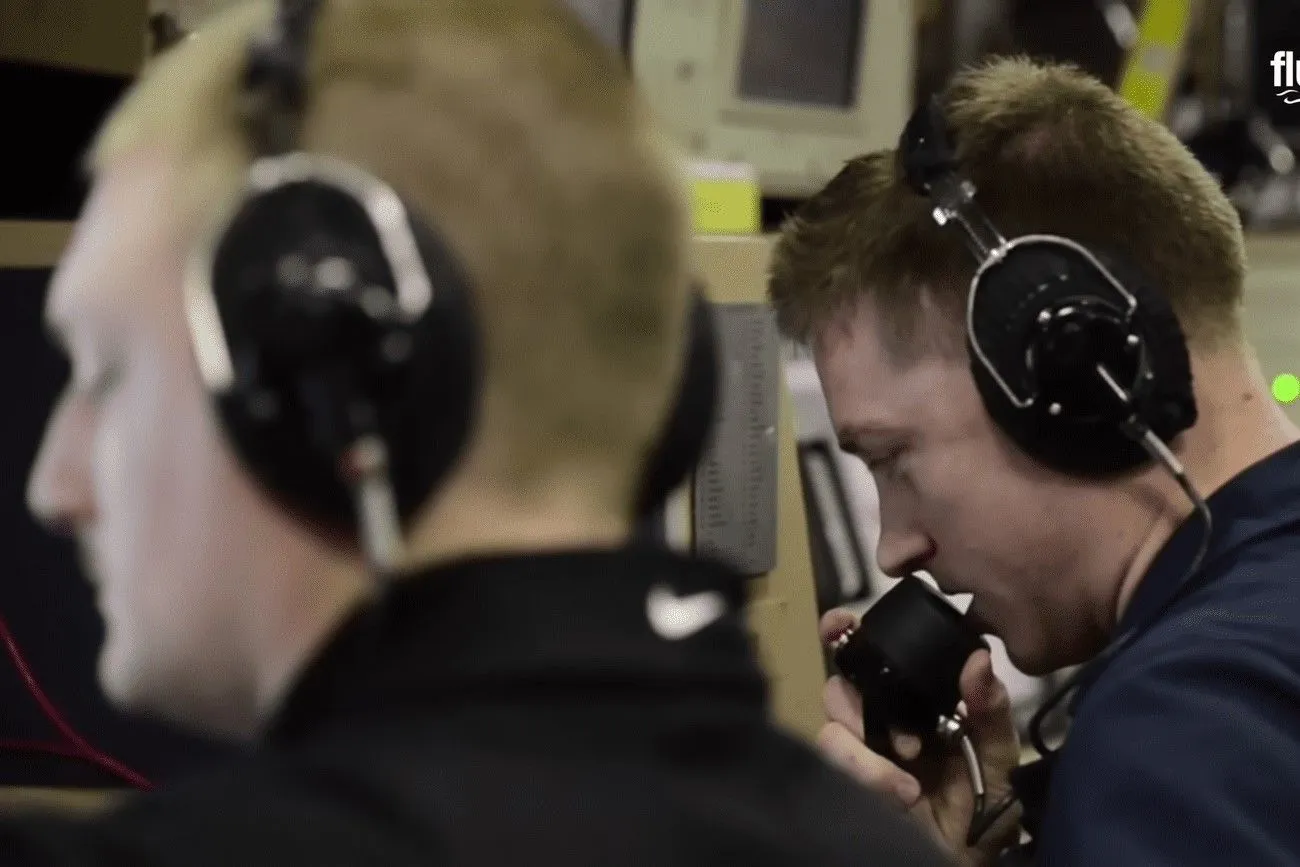 @Life Inside $4 Billion US Submarine Kitchen in Deep Underwater/Fluctus/YouTube.com
@Life Inside $4 Billion US Submarine Kitchen in Deep Underwater/Fluctus/YouTube.com
Good News Is No News
Contrary to what some of you may think, life on a submarine isn't always filled with tense situations and bloody confrontations. Contrarily, life on a yacht is (for the most part) rather routine. Even though the crew members' daily schedules are the same, this is actually a very positive thing because it prevents boredom.
Why, you inquire? Well, if there's trouble on a submarine, the entire globe might be in danger.
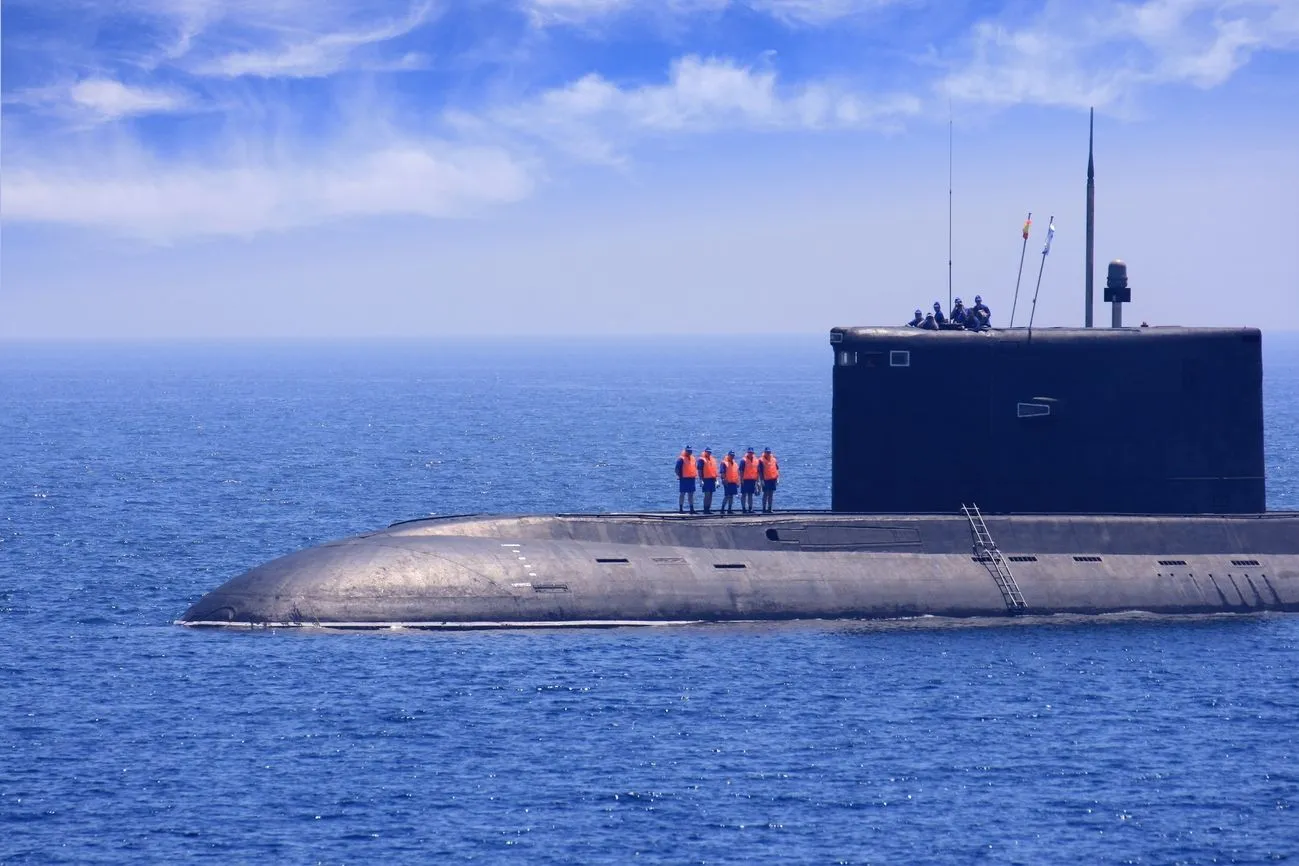
Outside the Home
This implies that submariners do not receive a lot of news from home because they have essentially very little interaction with the outside world. Sometimes this entails their having to miss weddings, births, and other joyous moments.
They routinely write letters to their spouses or children before embarking on another journey, providing some continuity for the duration of their absence. In the event that they must miss the holidays, some people even pre-order gifts for their loved ones.
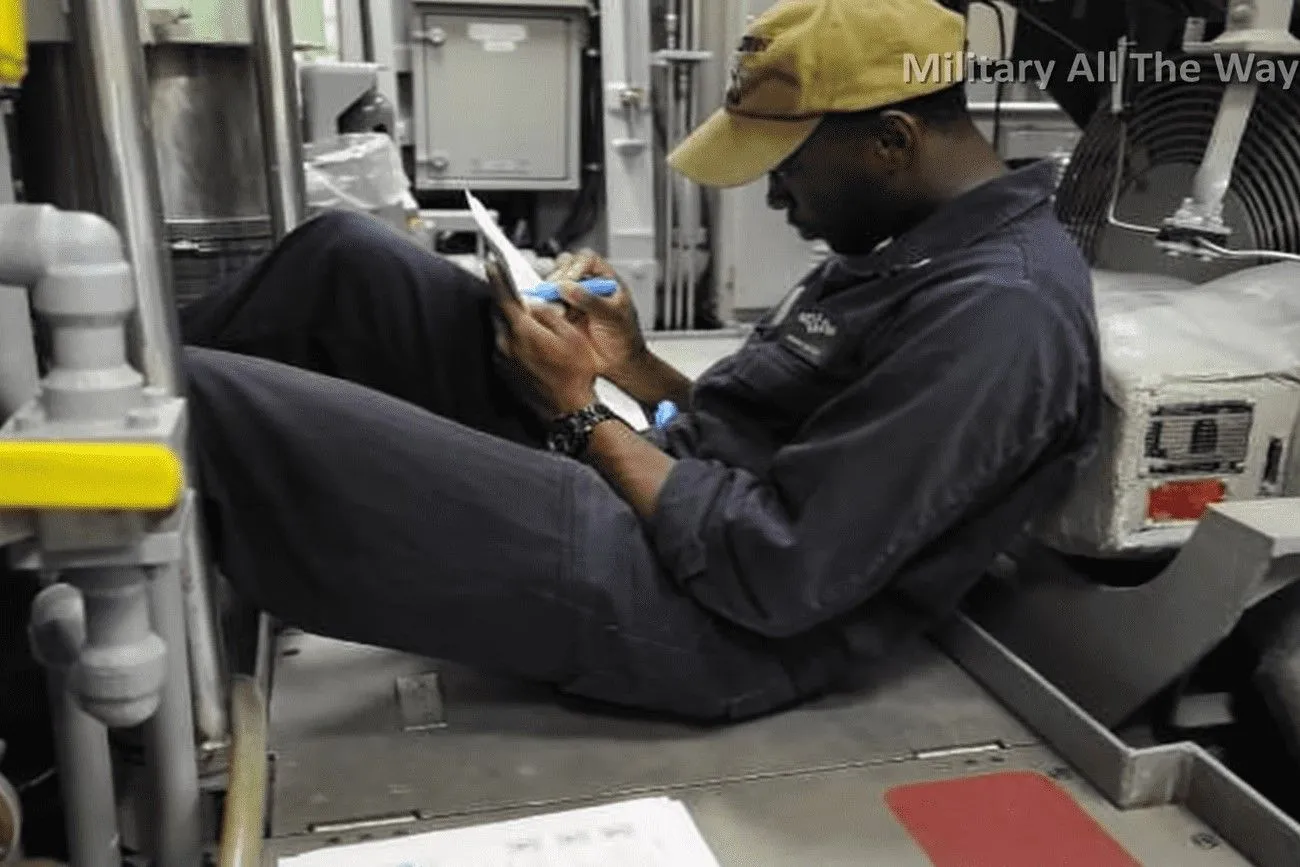 @Inside Nuclear Submarine's Kitchen and Sleeping Rooms. Living and Working in a $4B Submarine/Military all the way/YouTube.com
@Inside Nuclear Submarine's Kitchen and Sleeping Rooms. Living and Working in a $4B Submarine/Military all the way/YouTube.com
Domain Day
A specific day is occasionally set aside for cleaning the submarine as part of the daily routine aboard a submarine. Ironically, this day is referred to as "field day". Sailors would gather cleaning equipment and begin discreetly scrubbing and washing the floors as soon as they heard the command "sweepers, sweepers man your brooms!" over the PA.
Because there isn't enough area to swing brooms, sailors on other submarines may clean the floors using sponges or foxtails.
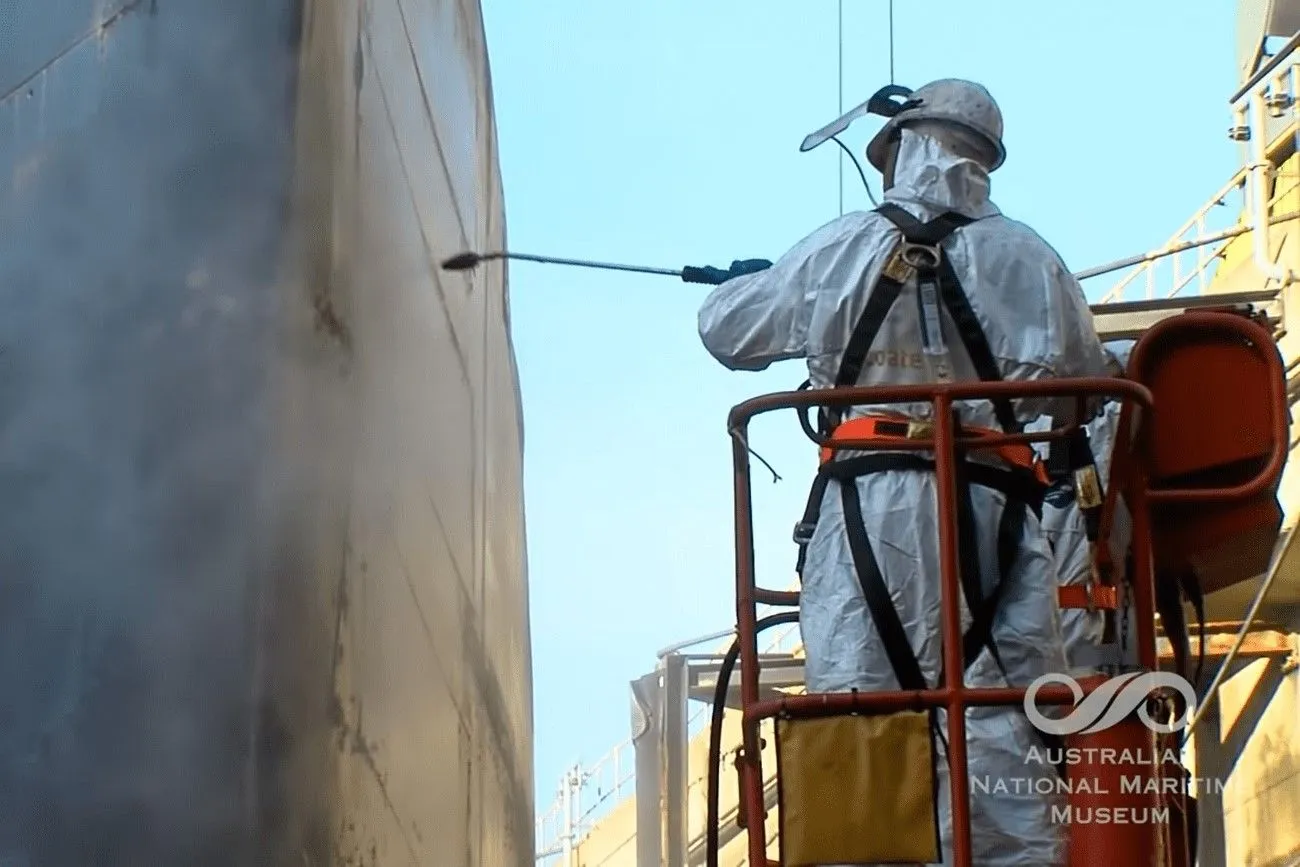 @HOW TO CLEAN A SUBMARINE/Australian National Maritime Museum/YouTube.com
@HOW TO CLEAN A SUBMARINE/Australian National Maritime Museum/YouTube.com
Mental Health
It's not for everyone to go for weeks, or even months, without speaking to anyone. Although there is a rigorous selection process and training before a sailor is allowed to join the ranks of the submarine corps, there are a few instances where a sailor gives in to the pressure.
When this occurs, the medical officer of the submarine is permitted to administer drugs (usually sedatives) and confine the sailor. When we say confine, we mean that they are kept under observation in the housing.
 @U.S. Air Force Clinical Psychologist/U.S. Air Force Recruiting/YouTube.com
@U.S. Air Force Clinical Psychologist/U.S. Air Force Recruiting/YouTube.com
Lack of Movement
Things stay relatively motionless even while there is a storm raging above, which may come as quite a surprise to those who have never really been on a submarine. What gives, though? This is due to the fact that submarines frequently cruise several dozens, if not hundreds, of meters below the surface.
In actuality, the submarine barely moves at all, with the exception of a few mild jolts here and there. The only sounds on board the ship are made by the crew members and the machinery that is in motion.
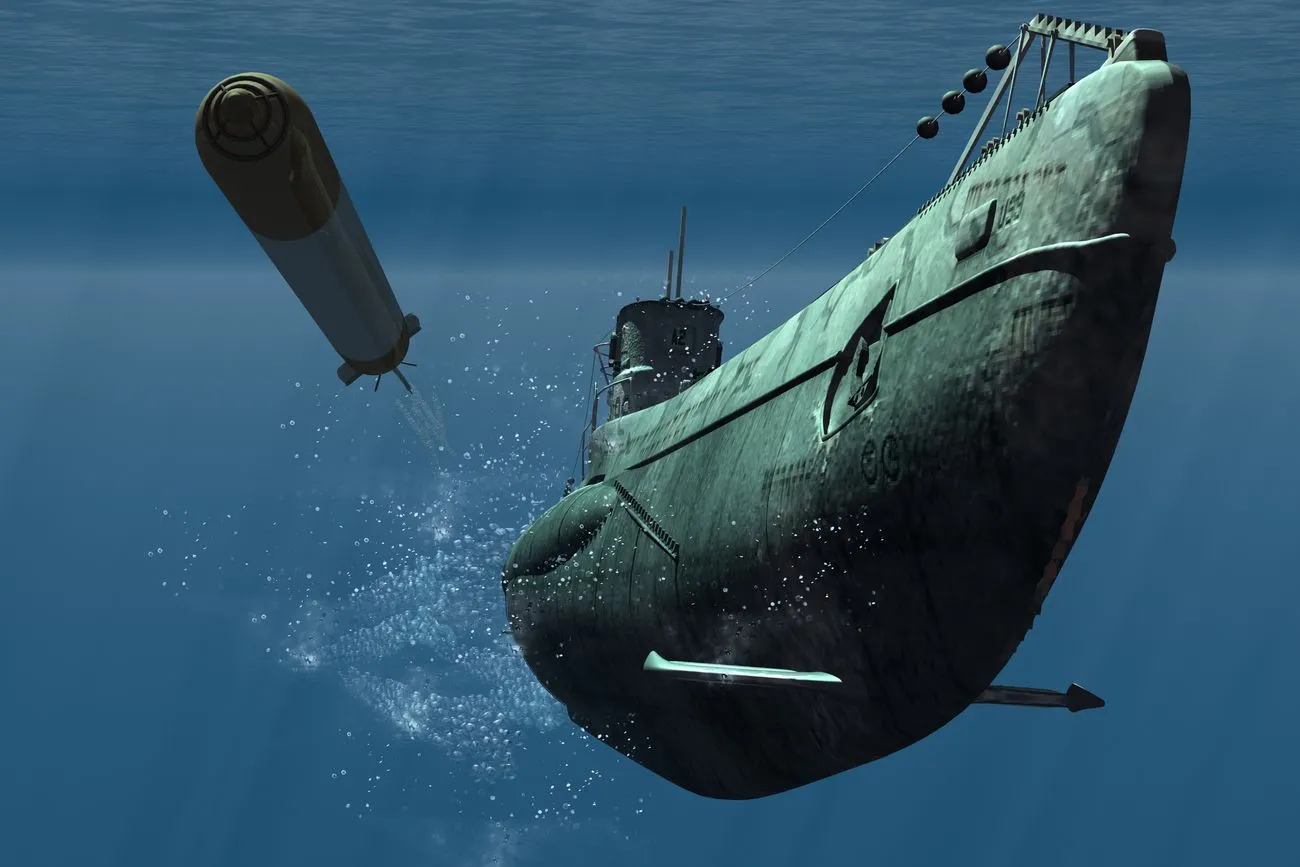
Master of None
Submariners devote countless hours to perfecting their main job. This implies, for instance, that a sonar operator will devote a significant amount of time to mastering the abilities and information required to operate the sonar devices.
But things don't stop there. Every submariner also needs to become knowledgeable about tools and systems beyond their field. In this manner, a sonar operator, for instance, may examine the work of the engineers in charge of maintaining the ship's nuclear reactor, and vice versa.
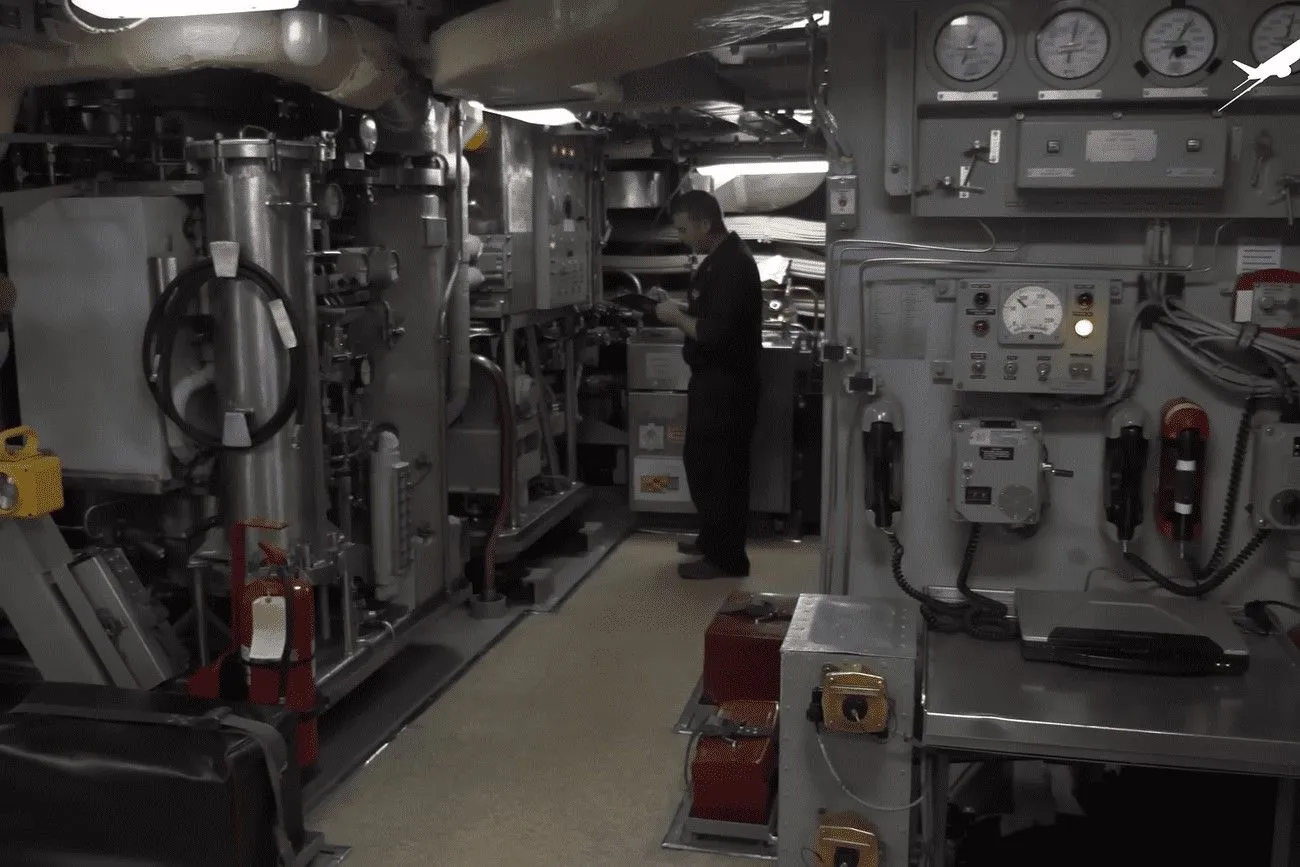 @Inside US Submarine Kitchen During Rush Time Underwater/The Daily Aviation/YouTube.com
@Inside US Submarine Kitchen During Rush Time Underwater/The Daily Aviation/YouTube.com
Electronics Can Lead You Back Home
Imagine you need directions because you are going somewhere you are not quite familiar with. Well, you can't actually do this on submarines.
As we all know, submarines use advanced technology and only electronic devices to travel through the sea. In other words, electronic devices are necessary for your survival.
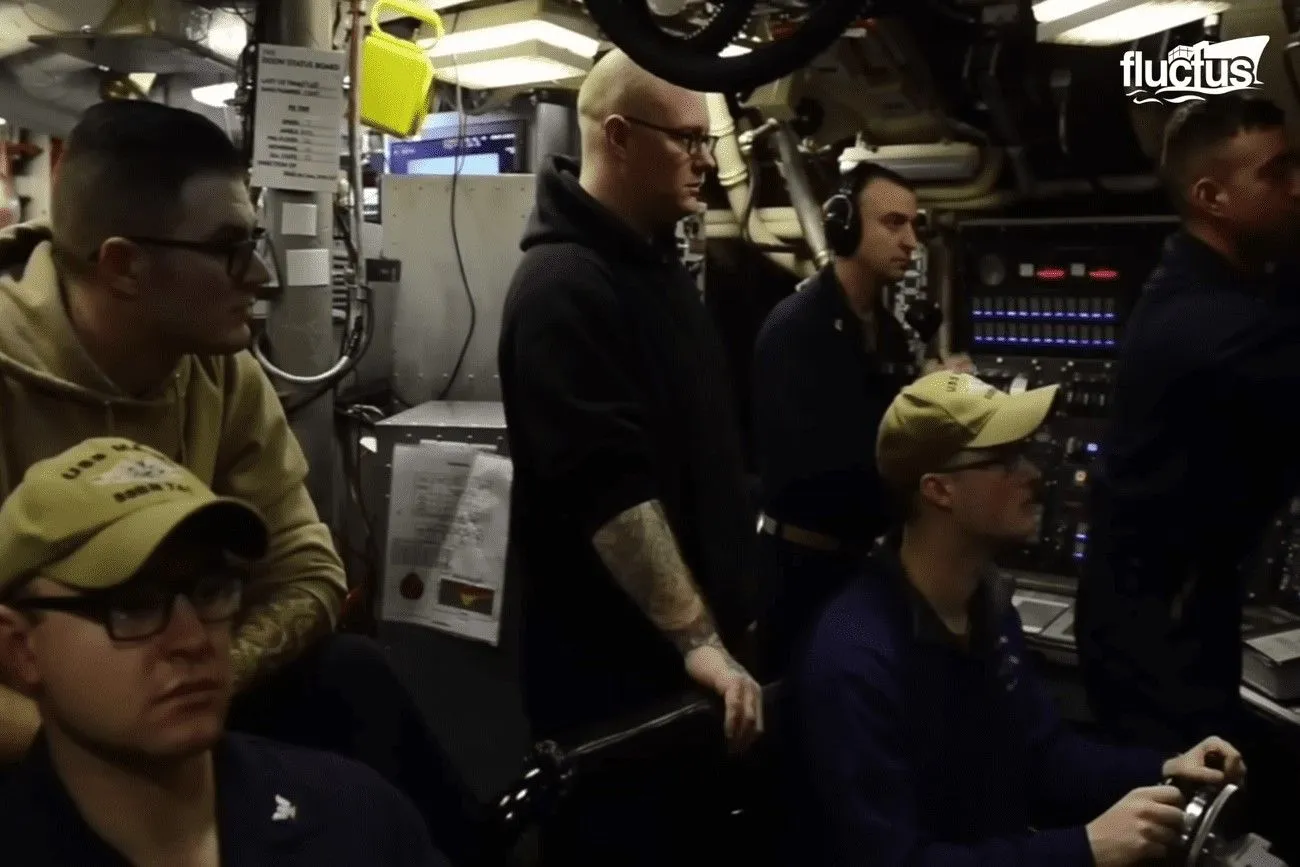 @Life Inside $4 Billion US Submarine Kitchen in Deep Underwater/Fluctus/YouTube.com
@Life Inside $4 Billion US Submarine Kitchen in Deep Underwater/Fluctus/YouTube.com
Numerous months
If you're aiming to become a top-tier expert submariner and/or are in love with the life in a submarine, be aware that you have a significant commitment ahead of you. This is important to note because you won't be spending a little period of time in a submarine submerged.
Instead, you'll spend at least 90 days inside the submarine. Despite the fact that this is the bare minimum for regular tours, it frequently gets extended to the point where you could end up being on the submarine for nearly six months!
